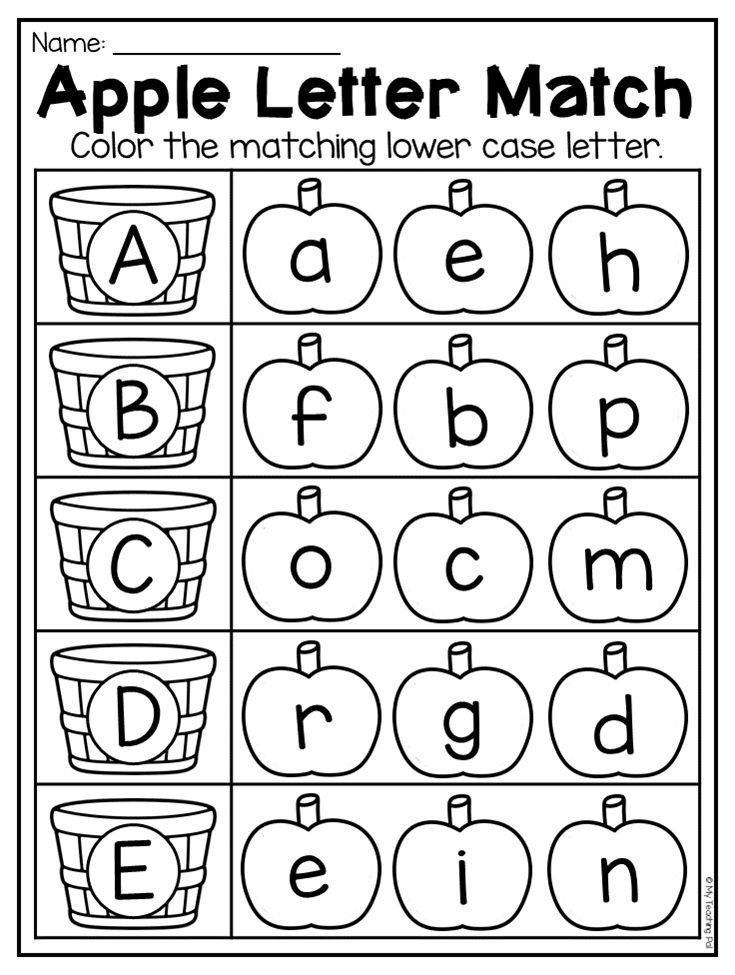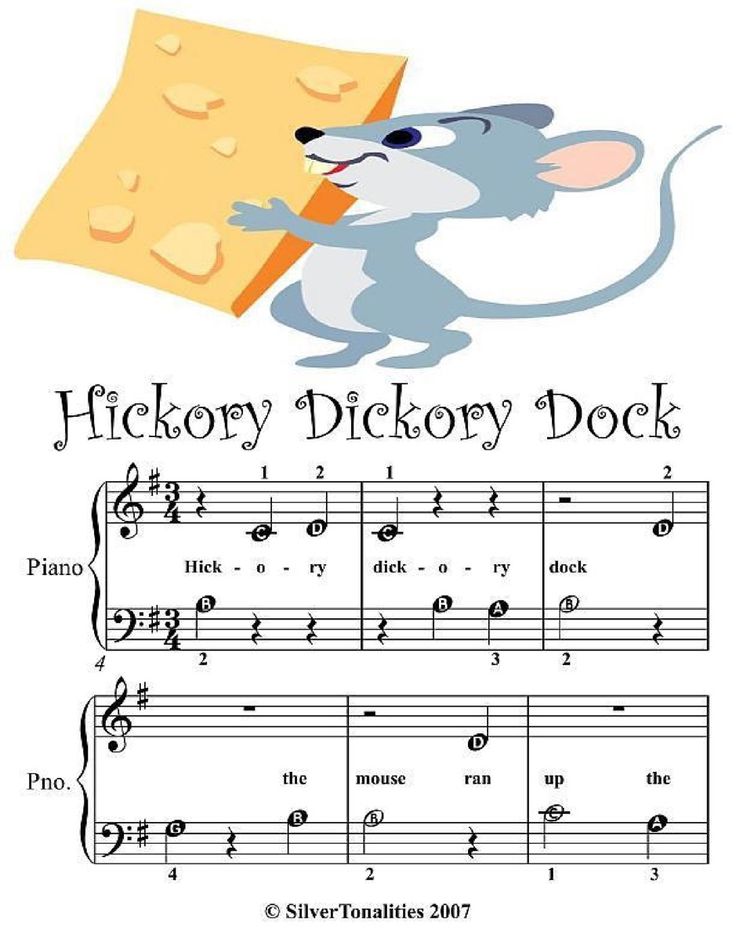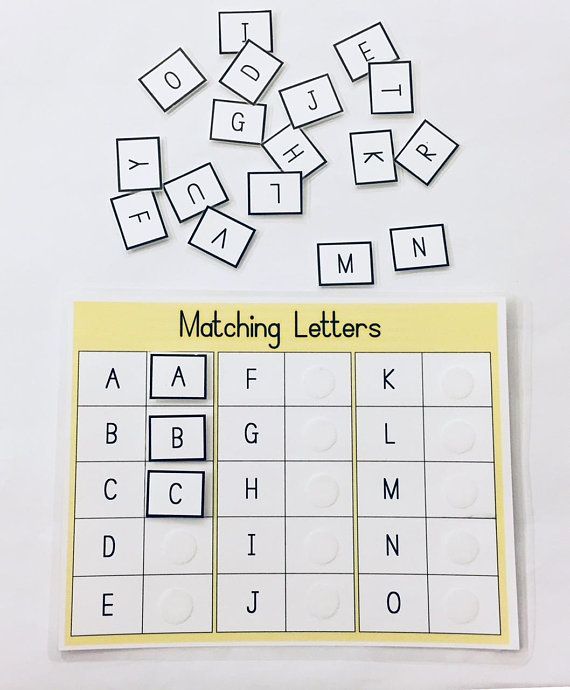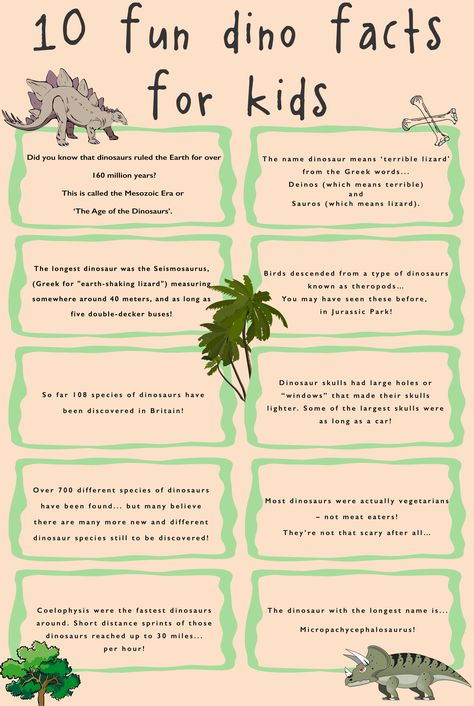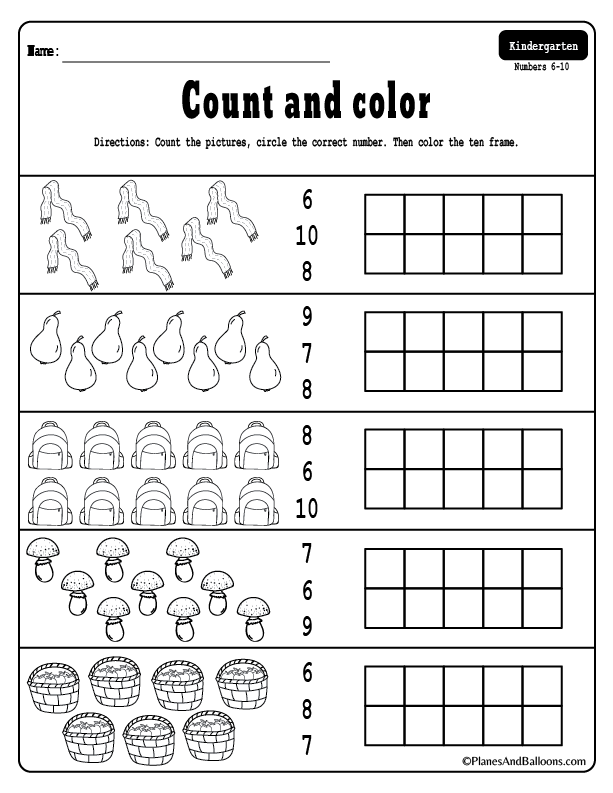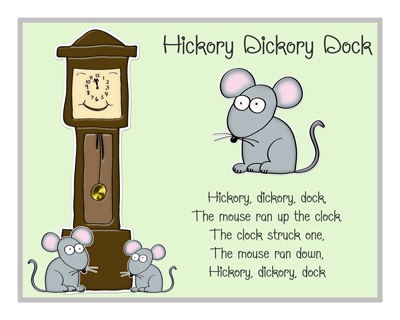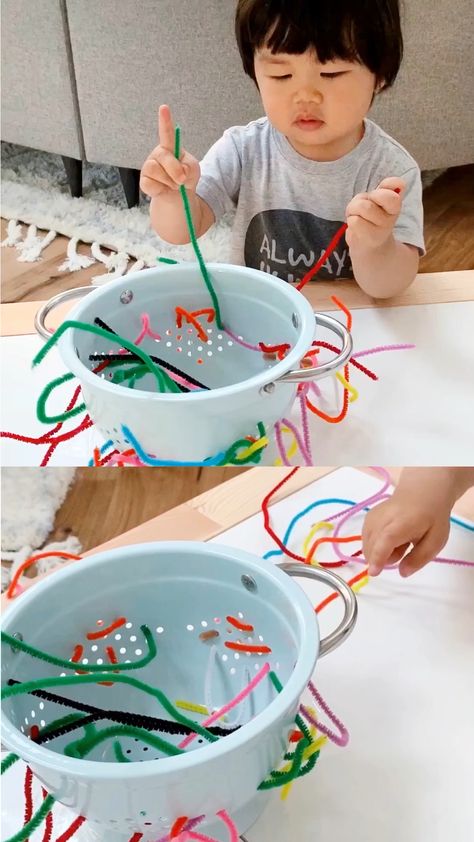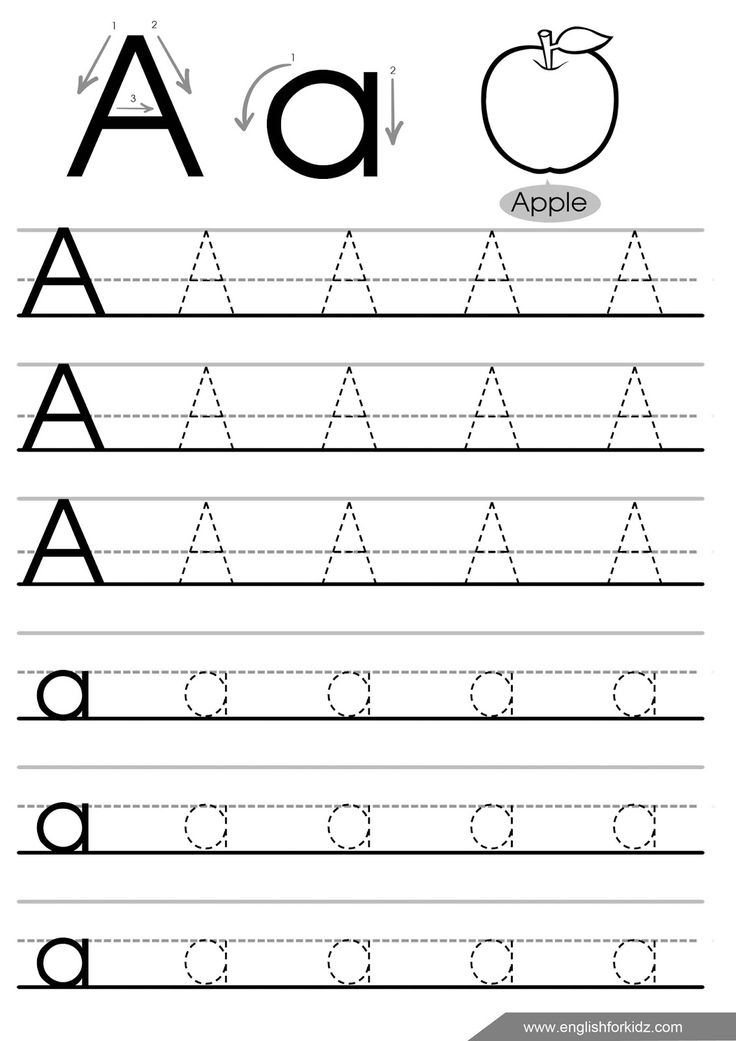Kids learn reading
Teaching children to read isn’t easy. How do kids actually learn to read?
A student in a Mississippi elementary school reads a book in class. Research shows young children need explicit, systematic phonics instruction to learn how to read fluently. Credit: Terrell Clark for The Hechinger ReportTeaching kids to read isn’t easy; educators often feel strongly about what they think is the “right” way to teach this essential skill. Though teachers’ approaches may differ, the research is pretty clear on how best to help kids learn to read. Here’s what parents should look for in their children’s classroom.
How do kids actually learn how to read?
Research shows kids learn to read when they are able to identify letters or combinations of letters and connect those letters to sounds. There’s more to it, of course, like attaching meaning to words and phrases, but phonemic awareness (understanding sounds in spoken words) and an understanding of phonics (knowing that letters in print correspond to sounds) are the most basic first steps to becoming a reader.
If children can’t master phonics, they are more likely to struggle to read. That’s why researchers say explicit, systematic instruction in phonics is important: Teachers must lead students step by step through a specific sequence of letters and sounds. Kids who learn how to decode words can then apply that skill to more challenging words and ultimately read with fluency. Some kids may not need much help with phonics, especially as they get older, but experts say phonics instruction can be essential for young children and struggling readers “We don’t know how much phonics each kid needs,” said Anders Rasmussen, principal of Wood Road Elementary School in Ballston Spa, New York, who recently led the transformation of his schools’ reading program to a research-based, structured approach. “But we know no kid is hurt by getting too much of it.”
How should your child’s school teach reading?
Timothy Shanahan, a professor emeritus at the University of Illinois at Chicago and an expert on reading instruction, said phonics are important in kindergarten through second grade and phonemic awareness should be explicitly taught in kindergarten and first grade.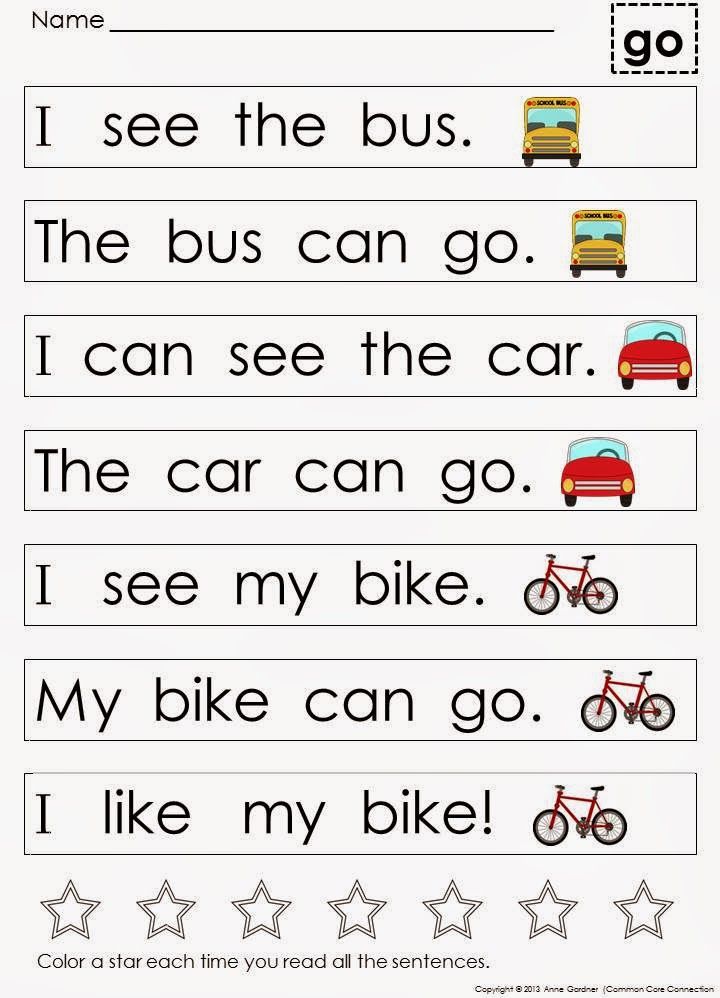 This view has been underscored by experts in recent years as the debate over reading instruction has intensified. But teaching kids how to read should include more than phonics, said Shanahan. They should also be exposed to oral reading, reading comprehension and writing.
This view has been underscored by experts in recent years as the debate over reading instruction has intensified. But teaching kids how to read should include more than phonics, said Shanahan. They should also be exposed to oral reading, reading comprehension and writing.
The wars over how to teach reading are back. Here’s the four things you need to know.
Wiley Blevins, an author and expert on phonics, said a good test parents can use to determine whether a child is receiving research-based reading instruction is to ask their child’s teacher how reading is taught. “They should be able to tell you something more than ‘by reading lots of books’ and ‘developing a love of reading.’ ” Blevins said. Along with time dedicated to teaching phonics, Blevins said children should participate in read-alouds with their teacher to build vocabulary and content knowledge. “These read-alouds must involve interactive conversations to engage students in thinking about the content and using the vocabulary,” he said.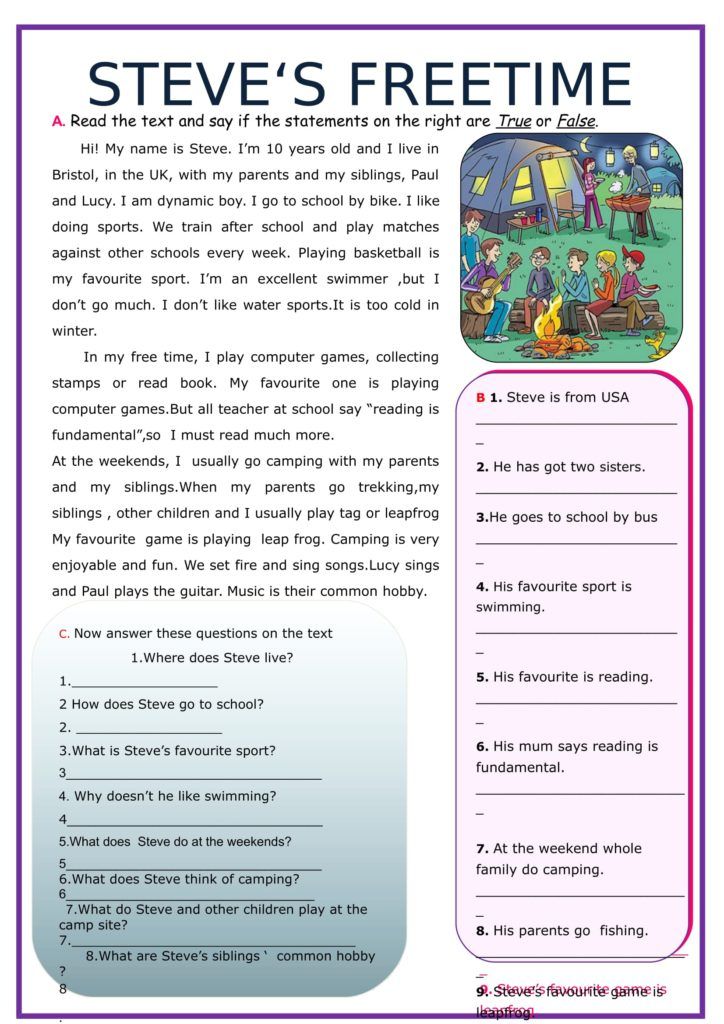 “Too often, when time is limited, the daily read-alouds are the first thing left out of the reading time. We undervalue its impact on reading growth and must change that.”
“Too often, when time is limited, the daily read-alouds are the first thing left out of the reading time. We undervalue its impact on reading growth and must change that.”
Rasmussen’s school uses a structured approach: Children receive lessons in phonemic awareness, phonics, pre-writing and writing, vocabulary and repeated readings. Research shows this type of “systematic and intensive” approach in several aspects of literacy can turn children who struggle to read into average or above-average readers.
What should schools avoid when teaching reading?
Educators and experts say kids should be encouraged to sound out words, instead of guessing. “We really want to make sure that no kid is guessing,” Rasmussen said. “You really want … your own kid sounding out words and blending words from the earliest level on.” That means children are not told to guess an unfamiliar word by looking at a picture in the book, for example. As children encounter more challenging texts in later grades, avoiding reliance on visual cues also supports fluent reading.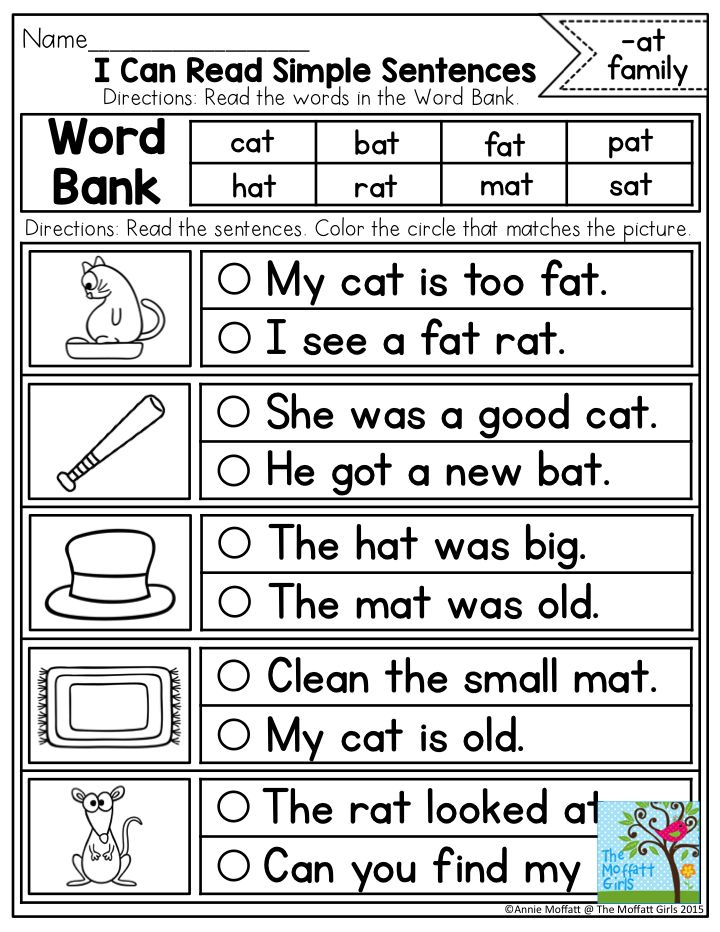 “When they get to ninth grade and they have to read “Of Mice and Men,” there are no picture cues,” Rasmussen said.
“When they get to ninth grade and they have to read “Of Mice and Men,” there are no picture cues,” Rasmussen said.
Related: Teacher Voice: We need phonics, along with other supports, for reading
Blevins and Shanahan caution against organizing books by different reading levels and keeping students at one level until they read with enough fluency to move up to the next level. Although many people may think keeping students at one level will help prevent them from getting frustrated and discouraged by difficult texts, research shows that students actually learn more when they are challenged by reading materials.
Blevins said reliance on “leveled books” can contribute to “a bad habit in readers.” Because students can’t sound out many of the words, they rely on memorizing repeated words and sentence patterns, or on using picture clues to guess words. Rasmussen said making kids stick with one reading level — and, especially, consistently giving some kids texts that are below grade level, rather than giving them supports to bring them to grade level — can also lead to larger gaps in reading ability.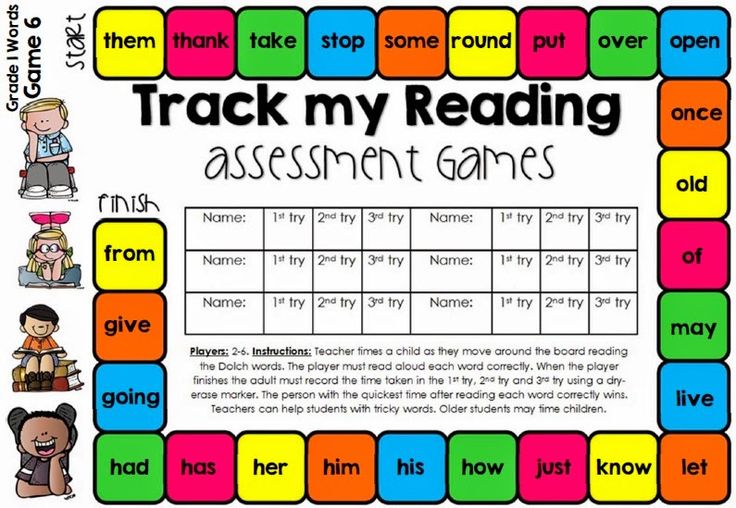
How do I know if a reading curriculum is effective?
Some reading curricula cover more aspects of literacy than others. While almost all programs have some research-based components, the structure of a program can make a big difference, said Rasmussen. Watching children read is the best way to tell if they are receiving proper instruction — explicit, systematic instruction in phonics to establish a foundation for reading, coupled with the use of grade-level texts, offered to all kids.
Parents who are curious about what’s included in the curriculum in their child’s classroom can find sources online, like a chart included in an article by Readingrockets.org which summarizes the various aspects of literacy, including phonics, writing and comprehension strategies, in some of the most popular reading curricula.
Blevins also suggested some questions parents can ask their child’s teacher:
- What is your phonics scope and sequence?
“If research-based, the curriculum must have a clearly defined phonics scope and sequence that serves as the spine of the instruction.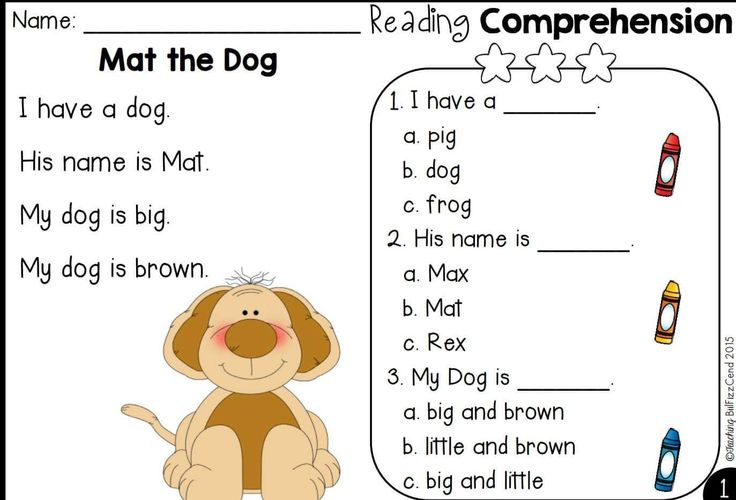 ” Blevins said.
” Blevins said.
- Do you have decodable readers (short books with words composed of the letters and sounds students are learning) to practice phonics?
“If no decodable or phonics readers are used, students are unlikely to get the amount of practice and application to get to mastery so they can then transfer these skills to all reading and writing experiences,” Blevins said. “If teachers say they are using leveled books, ask how many words can students sound out based on the phonics skills (teachers) have taught … Can these words be fully sounded out based on the phonics skills you taught or are children only using pieces of the word? They should be fully sounding out the words — not using just the first or first and last letters and guessing at the rest.”
- What are you doing to build students’ vocabulary and background knowledge? How frequent is this instruction? How much time is spent each day doing this?
“It should be a lot,” Blevins said, “and much of it happens during read-alouds, especially informational texts, and science and social studies lessons.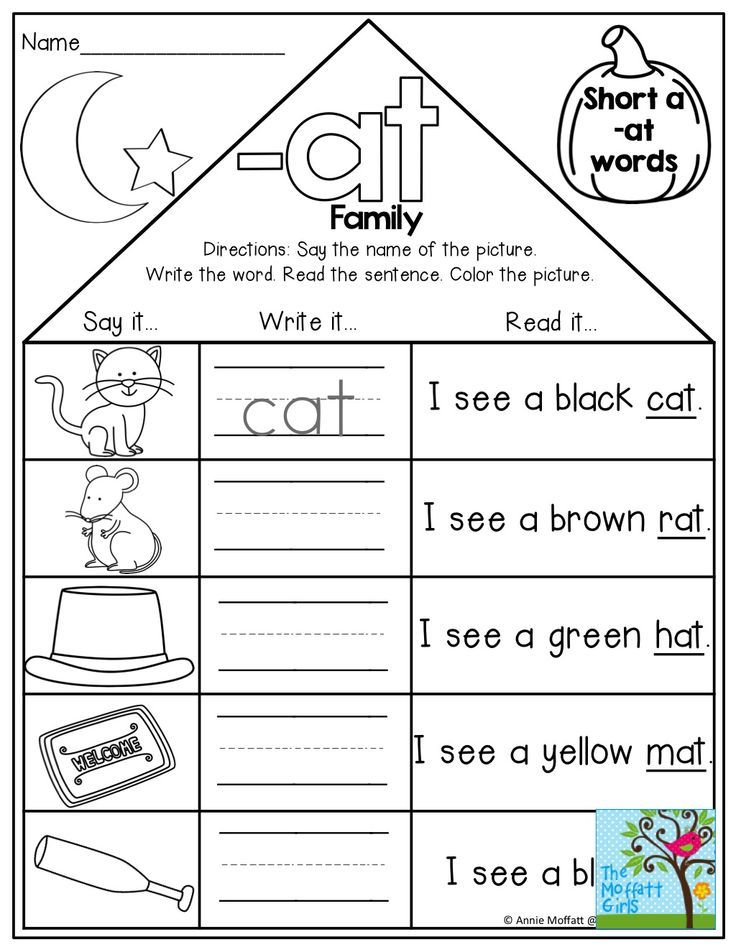 ”
”
- Is the research used to support your reading curriculum just about the actual materials, or does it draw from a larger body of research on how children learn to read? How does it connect to the science of reading?
Teachers should be able to answer these questions, said Blevins.
What should I do if my child isn’t progressing in reading?
When a child isn’t progressing, Blevins said, the key is to find out why. “Is it a learning challenge or is your child a curriculum casualty? This is a tough one.” Blevins suggested that parents of kindergarteners and first graders ask their child’s school to test the child’s phonemic awareness, phonics and fluency.
Parents of older children should ask for a test of vocabulary. “These tests will locate some underlying issues as to why your child is struggling reading and understanding what they read,” Blevins said. “Once underlying issues are found, they can be systematically addressed. ”
”
“We don’t know how much phonics each kid needs. But we know no kid is hurt by getting too much of it.”
Anders Rasmussen, principal of Wood Road Elementary School in Ballston Spa, New York
Rasmussen recommended parents work with their school if they are concerned about their children’s progress. By sitting and reading with their children, parents can see the kind of literacy instruction the kids are receiving. If children are trying to guess based on pictures, parents can talk to teachers about increasing phonics instruction.
“Teachers aren’t there doing necessarily bad things or disadvantaging kids purposefully or willfully,” Rasmussen said. “You have many great reading teachers using some effective strategies and some ineffective strategies.”
What can parents do at home to help their children learn to read?
Parents want to help their kids learn how to read but don’t want to push them to the point where they hate reading.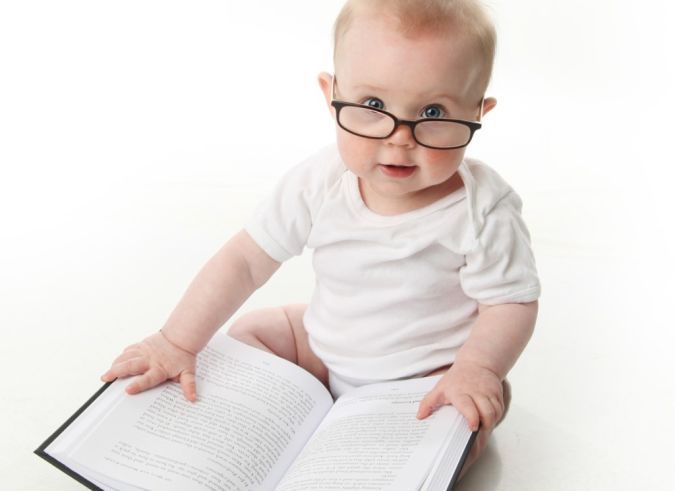 “Parents at home can fall into the trap of thinking this is about drilling their kid,” said Cindy Jiban, a former educator and current principal academic lead at NWEA, a research-based non-profit focused on assessments and professional learning opportunities. “This is unfortunate,” Jiban said. “It sets up a parent-child interaction that makes it, ‘Ugh, there’s this thing that’s not fun.’” Instead, Jiban advises making decoding playful. Here are some ideas:
“Parents at home can fall into the trap of thinking this is about drilling their kid,” said Cindy Jiban, a former educator and current principal academic lead at NWEA, a research-based non-profit focused on assessments and professional learning opportunities. “This is unfortunate,” Jiban said. “It sets up a parent-child interaction that makes it, ‘Ugh, there’s this thing that’s not fun.’” Instead, Jiban advises making decoding playful. Here are some ideas:
- Challenge kids to find everything in the house that starts with a specific sound.
- Stretch out one word in a sentence. Ask your child to “pass the salt” but say the individual sounds in the word “salt” instead of the word itself.
- Ask your child to figure out what every family member’s name would be if it started with a “b” sound.
- Sing that annoying “Banana fana fo fanna song.” Jiban said that kind of playful activity can actually help a kid think about the sounds that correspond with letters even if they’re not looking at a letter right in front of them.
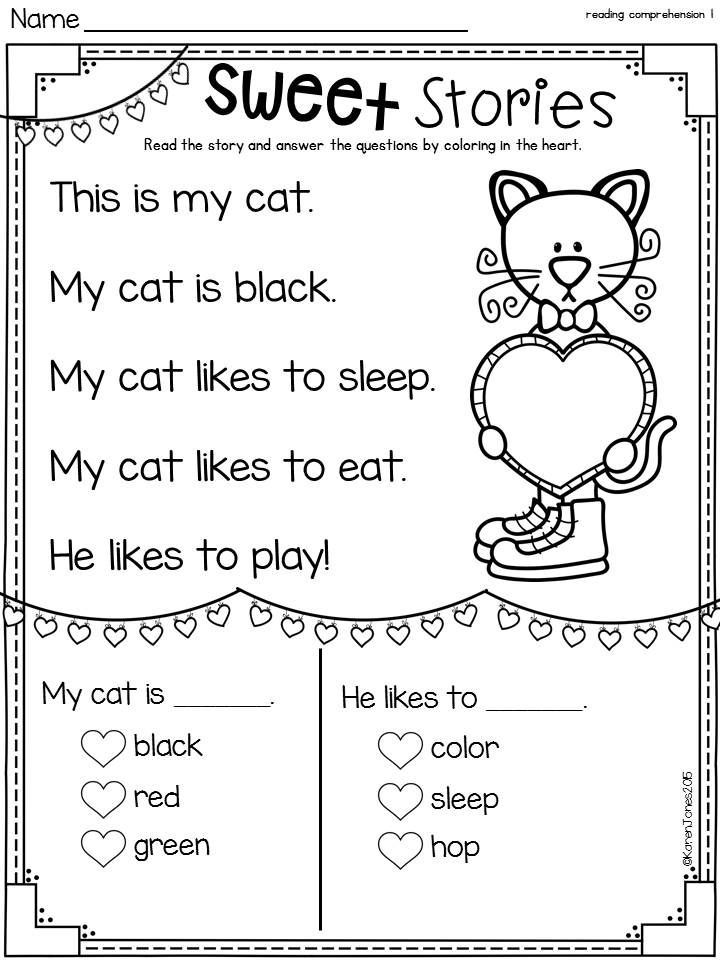
- Read your child’s favorite book over and over again. For books that children know well, Jiban suggests that children use their finger to follow along as each word is read. Parents can do the same, or come up with another strategy to help kids follow which words they’re reading on a page.
Giving a child diverse experiences that seem to have nothing to do with reading can also help a child’s reading ability. By having a variety of experiences, Rasmussen said, children will be able to apply their own knowledge to better comprehend texts about various topics.
This story about teaching children to read was produced by The Hechinger Report, a nonprofit, independent news organization focused on inequality and innovation in education. Sign up for Hechinger’s newsletter.
The Hechinger Report provides in-depth, fact-based, unbiased reporting on education that is free to all readers. But that doesn't mean it's free to produce.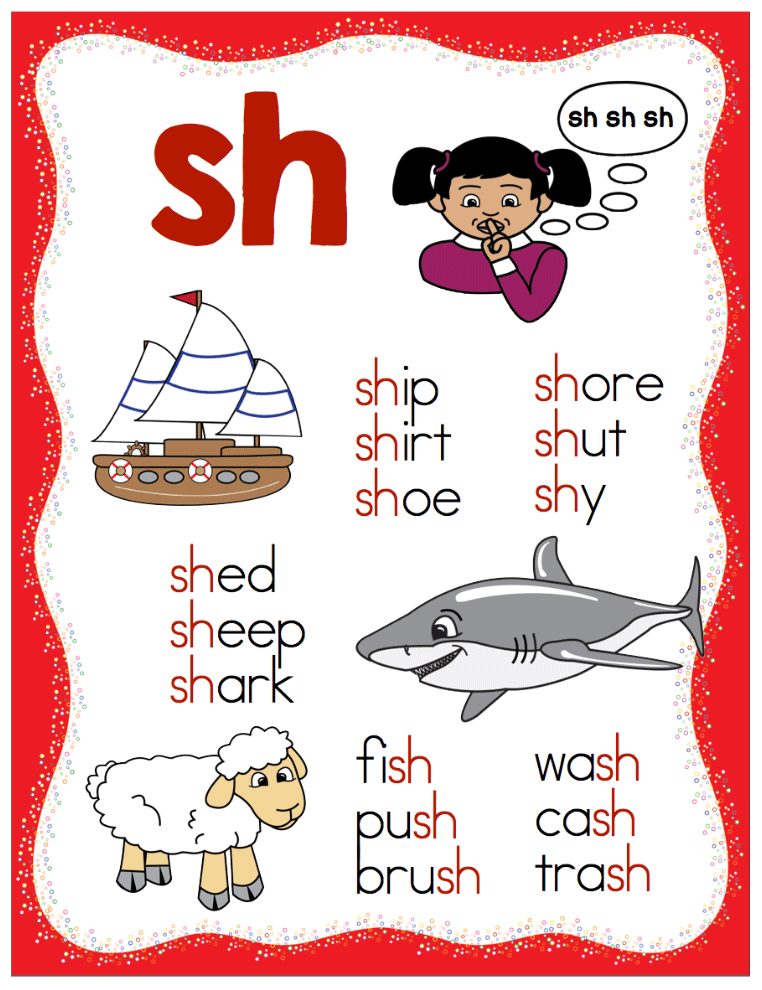 Our work keeps educators and the public informed about pressing issues at schools and on campuses throughout the country. We tell the whole story, even when the details are inconvenient. Help us keep doing that.
Our work keeps educators and the public informed about pressing issues at schools and on campuses throughout the country. We tell the whole story, even when the details are inconvenient. Help us keep doing that.
Join us today.
How Most Children Learn to Read
By: Derry Koralek, Ray Collins
Between the ages of four and nine, your child will have to master some 100 phonics rules, learn to recognize 3,000 words with just a glance, and develop a comfortable reading speed approaching 100 words a minute. He must learn to combine words on the page with a half-dozen squiggles called punctuation into something – a voice or image in his mind that gives back meaning. (Paul Kropp, 1996)
Emerging literacy
Emerging literacy describes the gradual, ongoing process of learning to understand and use language that begins at birth and continues through the early childhood years (i.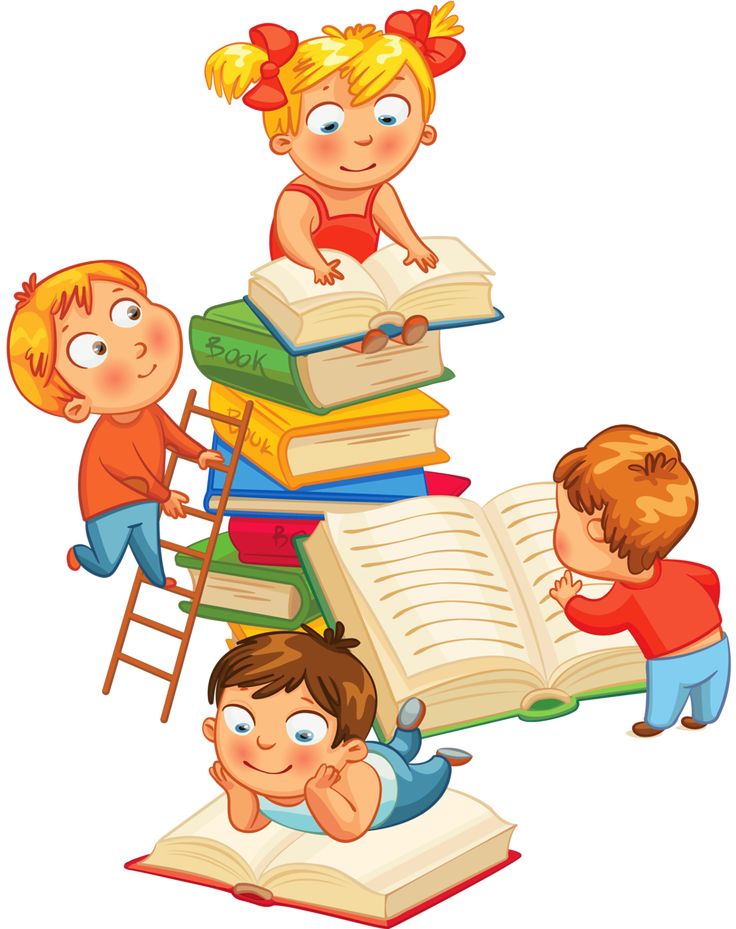 e., through age eight). During this period children first learn to use oral forms of language (listening and speaking) and then begin to explore and make sense of written forms (reading and writing).
e., through age eight). During this period children first learn to use oral forms of language (listening and speaking) and then begin to explore and make sense of written forms (reading and writing).
Listening and speaking
Emerging literacy begins in infancy as a parent lifts a baby, looks into her eyes, and speaks softly to her. It's hard to believe that this casual, spontaneous activity is leading to the development of language skills. This pleasant interaction helps the baby learn about the give and take of conversation and the pleasures of communicating with other people.
Young children continue to develop listening and speaking skills as they communicate their needs and desires through sounds and gestures, babble to themselves and others, say their first words, and rapidly add new words to their spoken vocabularies. Most children who have been surrounded by language from birth are fluent speakers by age three, regardless of intelligence, and without conscious effort.
Each of the 6,000 languages in the world uses a different assortment of phonemes – the distinctive sounds used to form words. When adults hear another language, they may not notice the differences in phonemes not used in their own language. Babies are born with the ability to distinguish these differences. Their babbles include many more sounds than those used in their home language. At about 6 to 10 months, babies begin to ignore the phonemes not used in their home language. They babble only the sounds made by the people who talk with them most often.
During their first year, babies hear speech as a series of distinct, but meaningless words. By age 1, most children begin linking words to meaning. They understand the names used to label familiar objects, body parts, animals, and people. Children at this stage simplify the process of learning these labels by making three basic assumptions:
- Labels (words) refer to a whole object, not parts or qualities (Flopsy is a beloved toy, not its head or color).
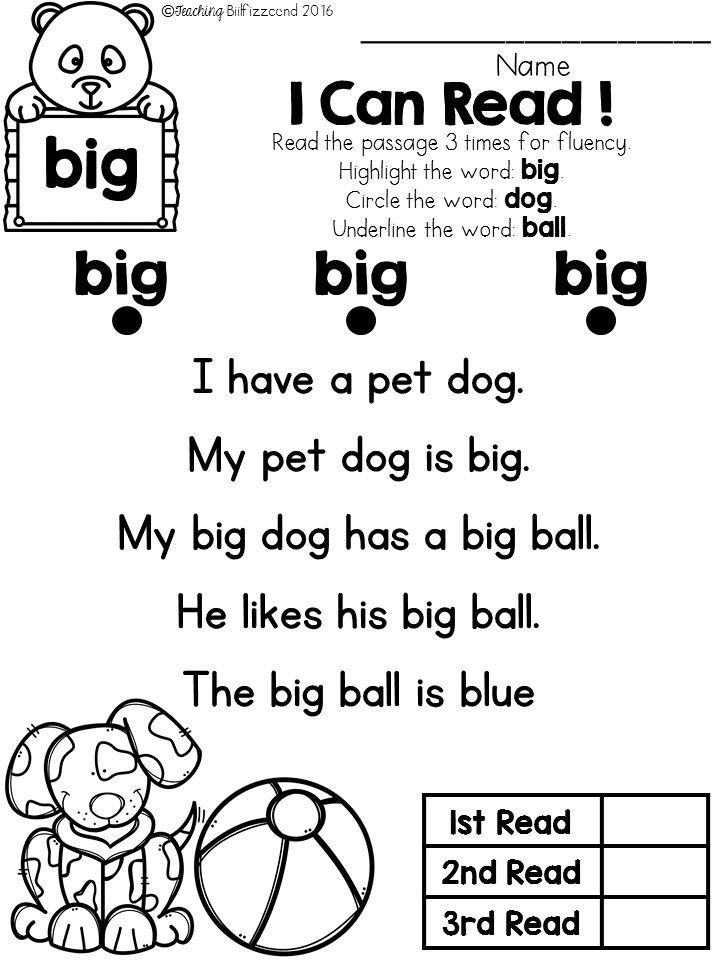
- Labels refer to classes of things rather than individual items (Doggie is the word for all four-legged animals).
- Anything that has a name can only have one name (for now, Daddy is Daddy, and not a man or Jake).
As children develop their language skills, they give up these assumptions and learn new words and meanings. From this point on, children develop language skills rapidly. Here is a typical sequence:
- At about 18 months, children add new words to their vocabulary at the astounding rate of one every 2 hours.
- By age 2, most children have 1 to 2,000 words and combine two words to form simple sentences such as: "Go out." "All gone."
- Between 24 to 30 months, children speak in longer sentences.
- From 30 to 36 months, children begin following the rules for expressing tense and number and use words such as some, would, and who.
Reading and writing
At the same time as they are gaining listening and speaking skills, young children are learning about reading and writing.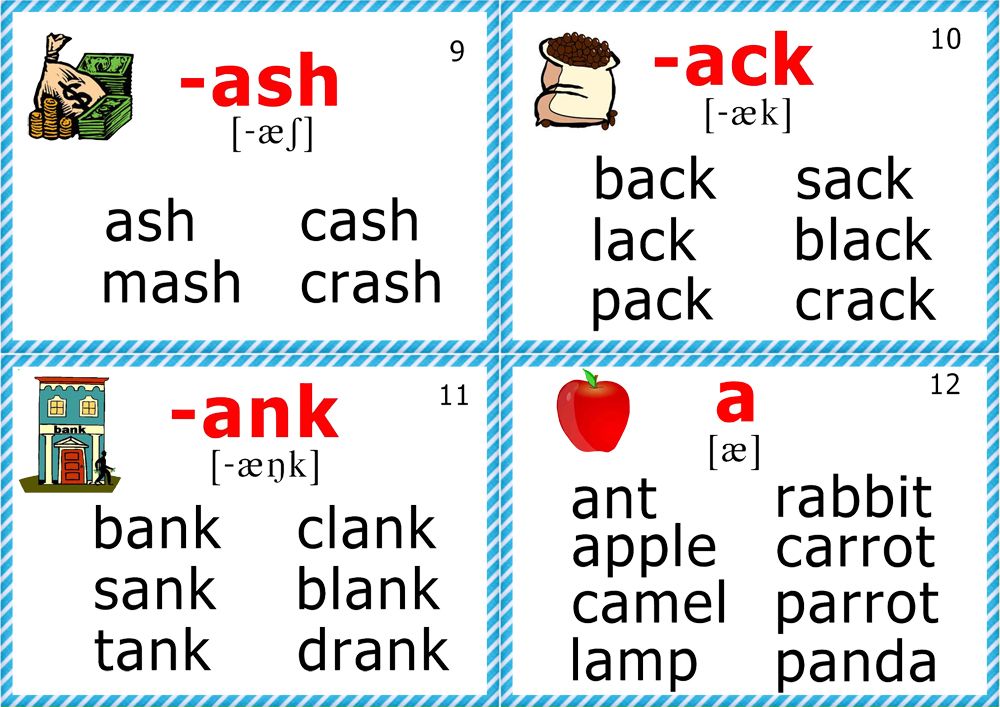
At home and in child care, Head Start, or school, they listen to favorite stories and retell them on their own, play with alphabet blocks, point out the logo on a sign for a favorite restaurant, draw pictures, scribble and write letters and words, and watch as adults read and write for pleasure and to get jobs done.
Young children make numerous language discoveries as they play, explore, and interact with others. Language skills are primary avenues for cognitive development because they allow children to talk about their experiences and discoveries. Children learn the words used to describe concepts such as up and down, and words that let them talk about past and future events.
Many play experiences support children's emerging literacy skills. Sorting, matching, classifying, and sequencing materials such as beads, a box of buttons, or a set of colored cubes, contribute to children's emerging literacy skills. Rolling playdough and doing fingerplays help children strengthen and improve the coordination of the small muscles in their hands and fingers.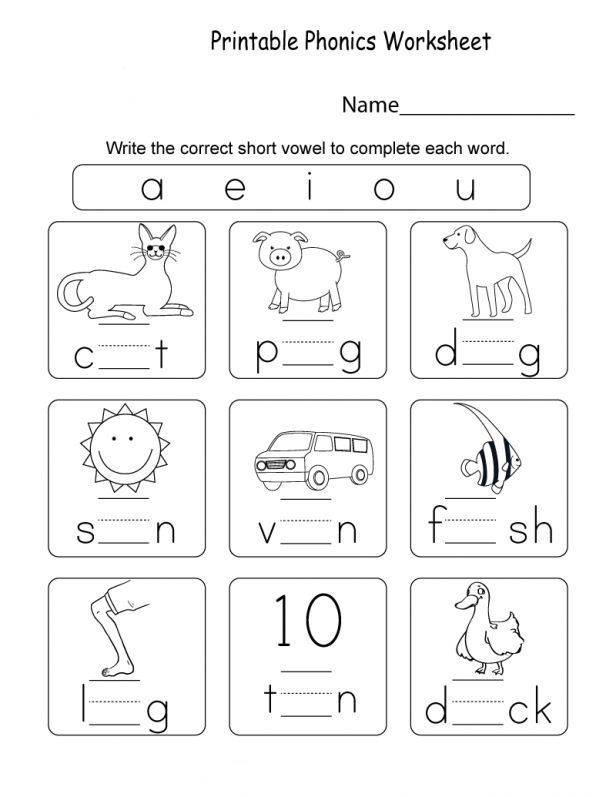 They use these muscles to control writing tools such as crayons, markers, and brushes.
They use these muscles to control writing tools such as crayons, markers, and brushes.
As their language skills grow, young children tell stories, identify printed words such as their names, write their names on paintings and creations, and incorporate writing in their make-believe play. After listening to a story, they talk about the people, feelings, places, things, and events in the book and compare them to their own experiences.
Reading and writing skills develop together. Children learn about writing by seeing how the print in their homes, classrooms, and communities provides information. They watch and learn as adults write – to make a list, correspond with a friend, or do a crossword puzzle. They also learn from doing their own writing.
The chart below offers examples of activities preschool and kindergarten children engage in, and describes how they are related to reading and writing.
What children might do | How it relates to reading and writing |
|---|---|
Make a pattern with objects such as buttons, beads, small colored cubes.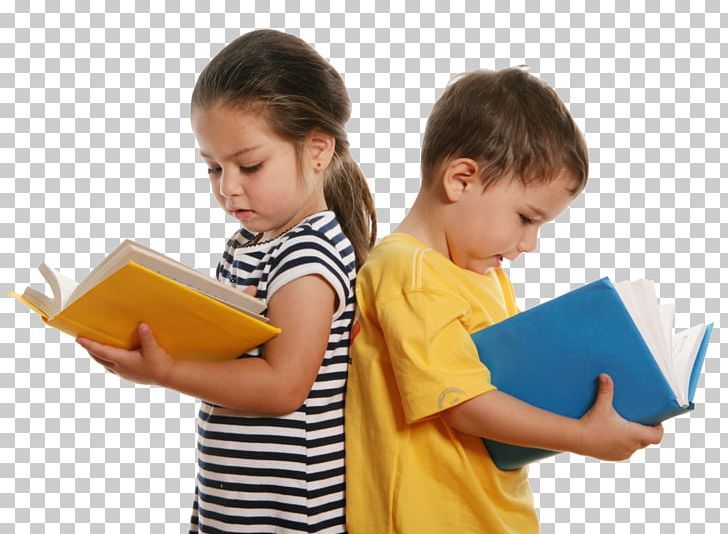 | By putting things in a certain order, children gain an understanding of sequence. This will help them discover that the letters in words must go in a certain order. |
| Listen to a story, then talk with their families, teachers, or tutors and each other about the plot, characters, what might happen next, and what they liked about the book. | Children enjoy read-aloud sessions. They learn that books can introduce people, places, and ideas and describe familiar experiences. Listening and talking helps children build their vocabularies. They have fun while learning basic literacy concepts such as: print is spoken words that are written down, print carries meaning, and we read from left to right, from the top to the bottom of a page, and from the front to the back of a book. |
| Play a matching game such as concentration or picture bingo. | Seeing that some things are exactly the same leads children to the understanding that the letters in words must be written in the same order every time to carry meaning.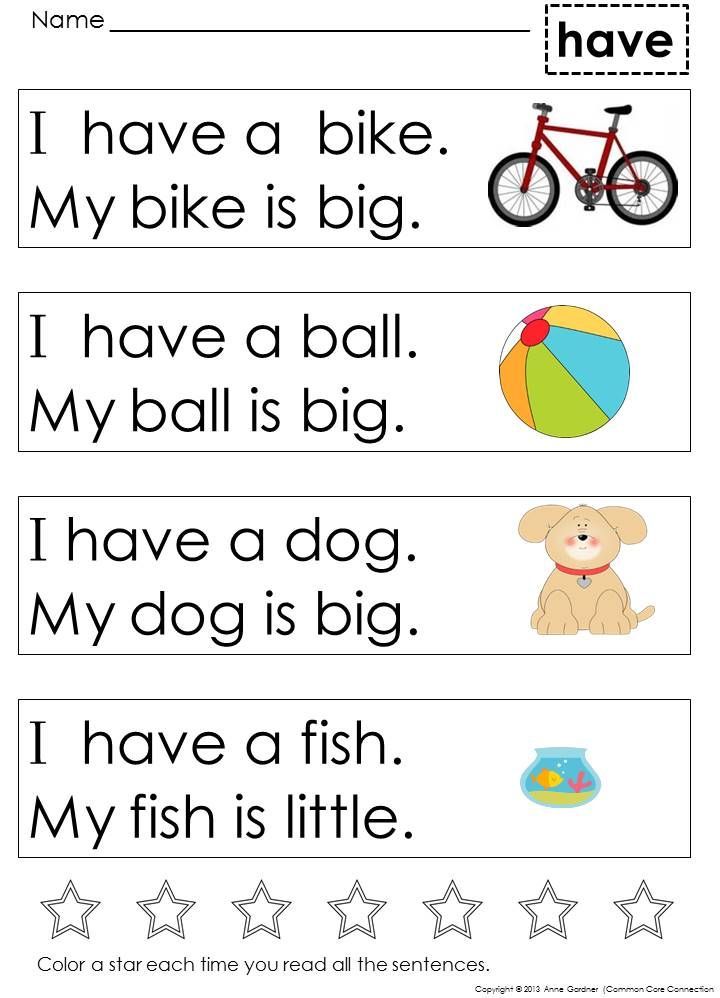 |
| Move to music while following directions such as, put your hands up, down, in front, in back, to the left, to the right. Now wiggle all over. | Children gain an understanding of concepts such as up/down, front/back, and left/right, and add these words to their vocabularies. Understanding these concepts leads to knowledge of how words are read and written on a page. |
| Recite rhyming poems introduced by a parent, teacher, or tutor, and make up new rhymes on their own. | Children become aware of phonemes – the smallest units of sounds that make up words. This awareness leads to reading and writing success. |
| Make signs for a pretend grocery store. | Children practice using print to provide information – in this case, the price of different foods. |
| Retell a favorite story to another child or a stuffed animal. | Children gain confidence in their ability to learn to read. They practice telling the story in the order it was read to them – from the beginning to the middle to the end.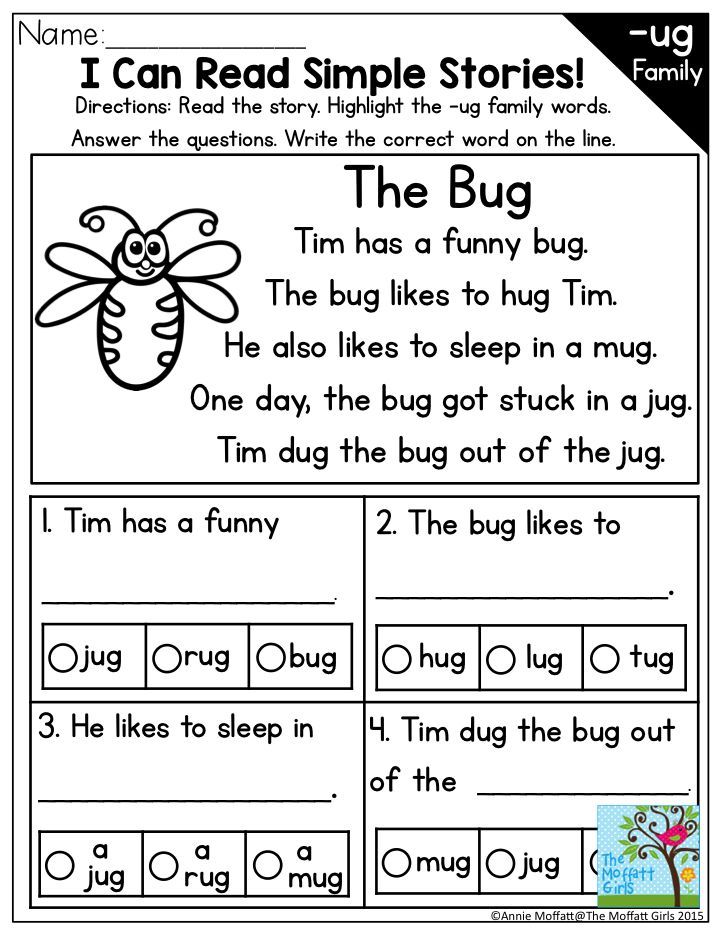 |
| Use invented spelling to write a grocery list at the same time as a parent is writing his or her own list. | Children use writing to share information with others. By watching an adult write, they are introduced to the conventions of writing. Using invented spelling encourages phonemic awareness. |
| Sign their names (with a scribble, a drawing, some of the letters, or "correctly") on an attendance chart, painting, or letter. | Children are learning that their names represent them and that other words represent objects, emotions, actions, and so on. They see that writing serves a purpose to let their teacher know they have arrived, to show others their art work, or to tell someone who sent a letter. |
Becoming readers and writers
By the time most children leave the preschool years and enter kindergarten, they have learned a lot about language. For five years, they have watched, listened to, and interacted with adults and other children.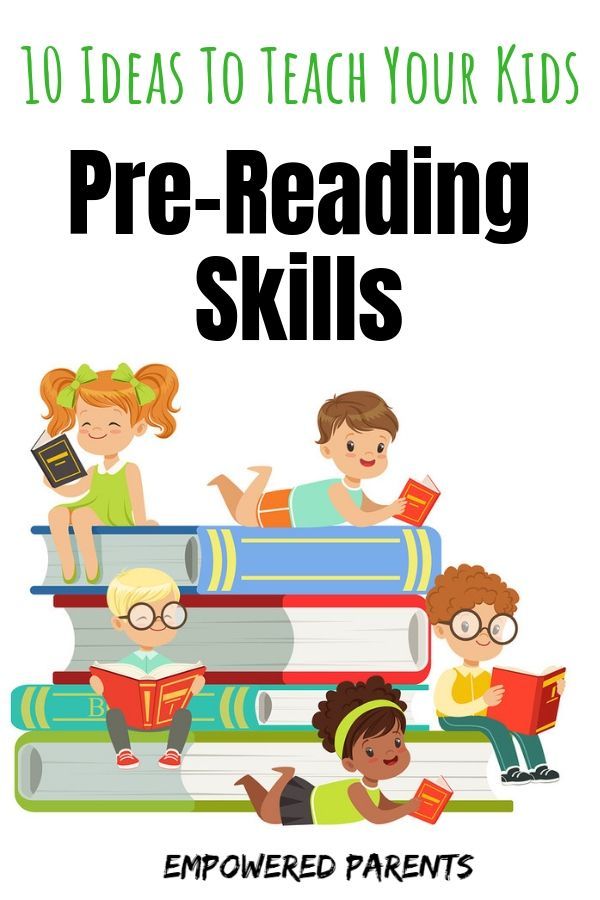 They have played, explored, and made discoveries at home and in child development settings such as Head Start and child care.
They have played, explored, and made discoveries at home and in child development settings such as Head Start and child care.
Kindergarten
Beginning or during kindergarten, most children have naturally developed language skills and knowledge. They…
Know print carries meaning by:
- Turning pages in a storybook to find out what happens next
- "writing" (scribbling or using invented spelling) to communicate a message
- Using the language and voice of stories when narrating their stories
- Dictating stories
Know what written language looks like by:
- Recognizing that words are combinations of letters
- Identifying specific letters in unfamiliar words
- Writing with "mock" letters or writing that includes features of real letters
Can identify and name letters of the alphabet by:
- Saying the alphabet
- Pointing out letters of the alphabet in their own names and in written texts
Know that letters are associated with sounds by:
- Finger pointing while reading or being read to
- Spelling words phonetically, relating letters to the sounds they hear in the word
Know the sounds that letters make by:
- Naming all the objects in a room that begin with the same letter
- Pointing to words in a text that begin with the same letter
- Picking out words that rhyme
- Trying to sound out new or unfamiliar words while reading out loud
- Representing words in writing by their first sound (e.
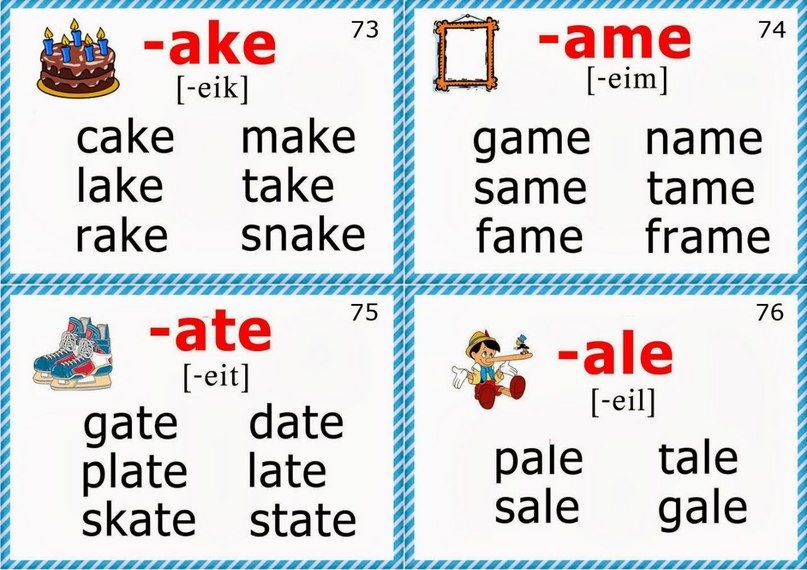 g., writing d to represent the word dog)
g., writing d to represent the word dog)
Know using words can serve various purposes by:
- Pointing to signs for specific places, such as a play area, a restaurant, or a store
- Writing for different purposes, such as writing a (pretend) grocery list, writing a thank-you letter, or writing a menu for play
Know how books work by:
- Holding the book right side up
- Turning pages one at a time
- Reading from left to right and top to bottom
- Beginning reading at the front and moving sequentially to the back
Because children have been learning language since birth, most are ready to move to the next step – mastering conventional reading and writing. To become effective readers and writers children need to:
- Recognize the written symbols letters and words used in reading and writing
- Write letters and form words by following conventional rules
- Use routine skills and thinking and reasoning abilities to create meaning while reading and writing
The written symbols we use to read and write are the 26 upper and lower case letters of the alphabet.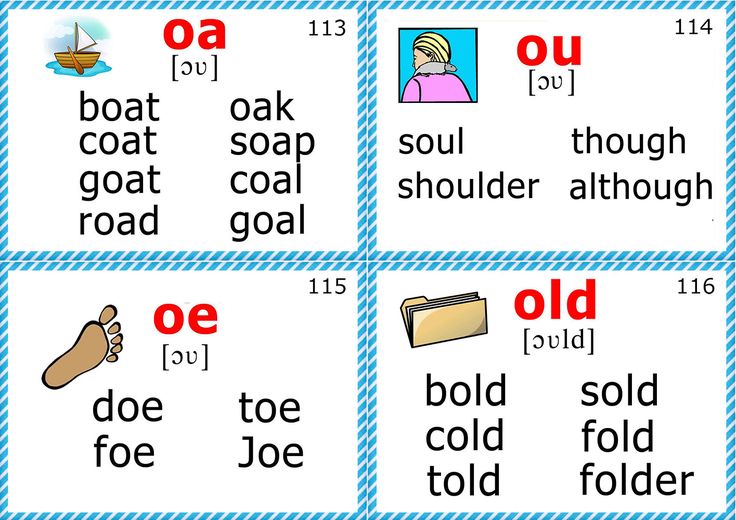 The conventional rules governing how to write letters and form words include writing letters so they face in the correct direction, using upper and lower case versions, spelling words correctly, and putting spaces between words.
The conventional rules governing how to write letters and form words include writing letters so they face in the correct direction, using upper and lower case versions, spelling words correctly, and putting spaces between words.
Routine skills refer to the things readers do automatically, without stopping to think about what to do. We pause when we see a comma or period, recognize high-frequency sight words, and use what we already know to understand what we read. One of the critical routine skills is phonemic awareness – the ability to associate specific sounds with specific letters and letter combinations.
Research has shown that phonemic awareness is the best predictor of early reading skills. Phonemes, the smallest units of sounds, form syllables, and words are made up of syllables. Children who understand that spoken language is made up of discrete sounds – phonemes and syllables – find it easier to learn to read.
Many children develop phonemic awareness naturally, over time.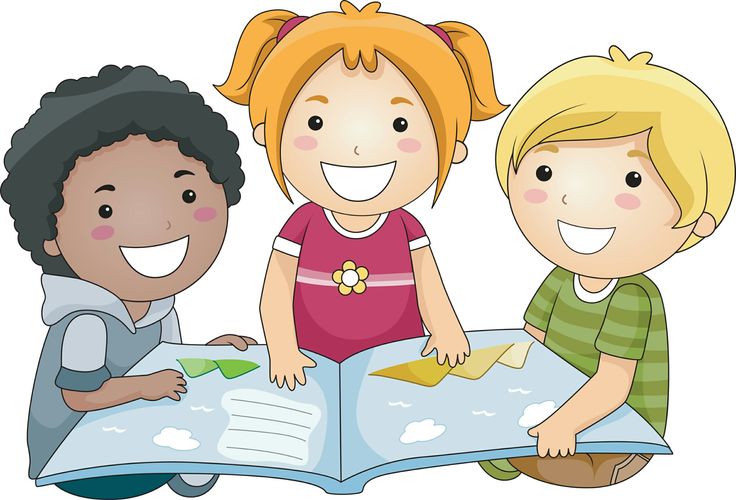 Simple activities such as frequent readings of familiar and favorite stories, poems, and rhymes can help children develop phonemic awareness. Other children may need to take part in activities designed to build this basic skill.
Simple activities such as frequent readings of familiar and favorite stories, poems, and rhymes can help children develop phonemic awareness. Other children may need to take part in activities designed to build this basic skill.
Thinking and reasoning abilities help children figure out how to read and write unfamiliar words. A child might use the meaning of a previous word or phrase, look at a familiar prefix or suffix, or recall how to pronounce a letter combination that appeared in another word.
First and second grades
By the time most children have completed the first and second grades, they have naturally developed the following language skills and knowledge. They…
Improve their comprehension while reading a variety of simple texts by:
- Thinking about what they already know
- Creating and changing mental pictures
- Making, confirming, and revising predictions
- Rereading when confused
Apply word-analysis skills while reading by:
- Using phonics and simple context clues to figure out unknown words
- Using word parts (e.
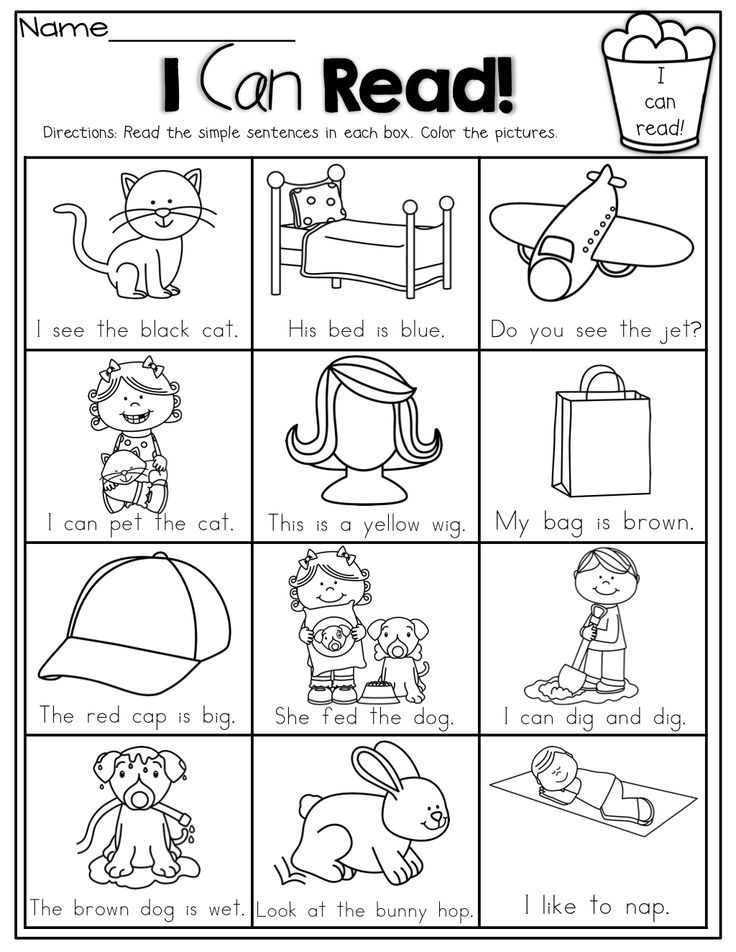 g., root words, prefixes, suffixes, similar words) to figure out unfamiliar words
g., root words, prefixes, suffixes, similar words) to figure out unfamiliar words
Understand elements of literature (e.g., author, main character, setting) by:
- Coming to a conclusion about events, characters, and settings in stories
- Comparing settings, characters, and events in different stories
- Explaining reasons for characters acting the way they do in stories
Understand the characteristics of various simple genres (e.g., fables, realistic fiction, folk tales, poetry, and humorous stories) by:
- Explaining the differences among simple genres
- Writing stories that contain the characteristics of a selected genre
Use correct and appropriate conventions of language when responding to written text by:
- Spelling common high-frequency words correctly
- Using capital letters, commas, and end punctuation correctly
- Writing legibly in print and/or cursive
- Using appropriate and varied word choice
- Using complete sentences
The chart below offers examples of activities children engage in and describes how they are related to reading and writing.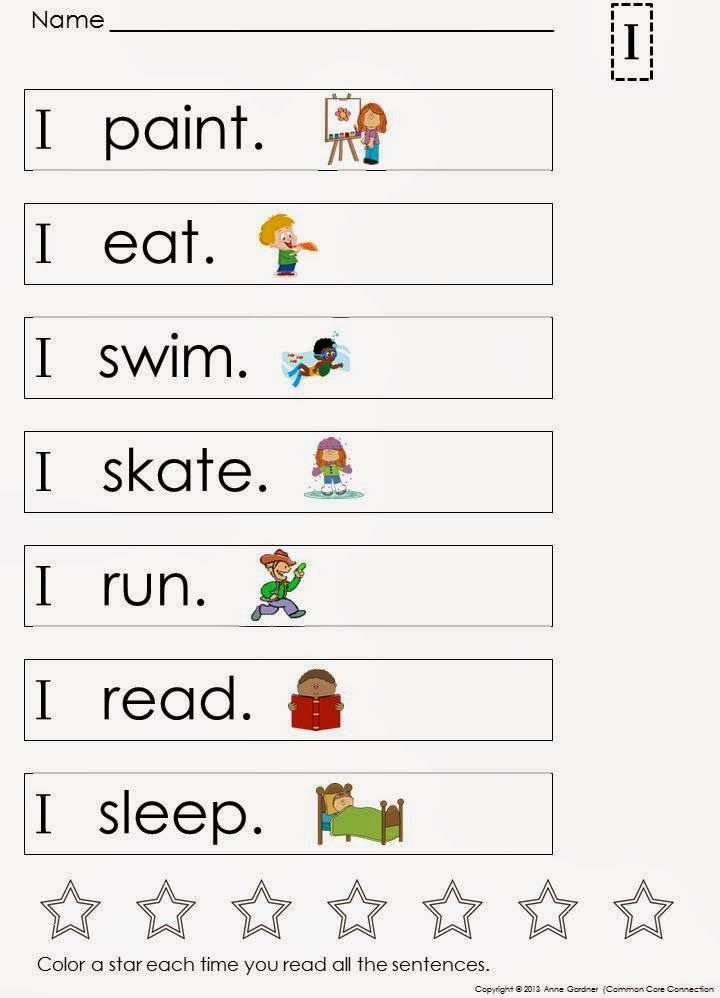
What children might do | How it relates to reading and writing |
|---|---|
| Discuss the rules for an upcoming field trip, watch their teacher write them on a large sheet of paper, and join in when she reads the rules aloud. | Children experience first-hand how different forms of language – listening, speaking, reading, and writing – are connected. They see language used for a purpose, in this case to prepare for their field trip. They see their words written down and hear them read aloud. |
| Look in a book to find the answer to a question. | Children know that print provides information. They use books as a resource to learn about the world. |
| Read and reread a book independently for several days after the teacher reads it aloud to the class. | Children read and reread the book because it's fun and rewarding.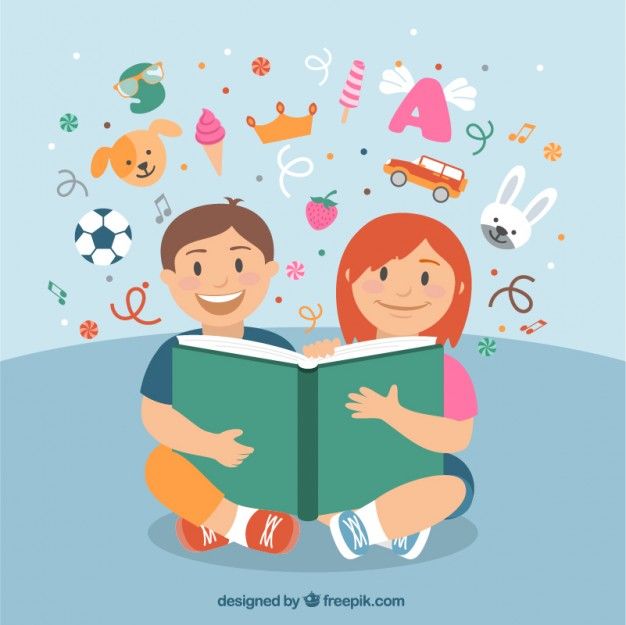 They can recall some of the words the teacher reads aloud and figure out others because they remember the sequence and meaning of the story. They can recall some of the words the teacher reads aloud and figure out others because they remember the sequence and meaning of the story. |
| Read some words easily without stopping to decode them. | Children gradually build a sight vocabulary that includes a majority of the words used most often in the English language. They can read these words automatically. |
| Read words they have never seen before. | Children use what they already know about letter combinations, root words, prefixes, suffixes, and clues in the pictures or story to figure out new words. |
| Use new words while talking and writing. | Children build their vocabularies by reading and talking, sharing ideas, discussing a question, listening to others talk, and exploring their interests. Using new words helps them fully understand the meaning of the words. |
Recognize their own spelling mistakes and ask for help to make corrections.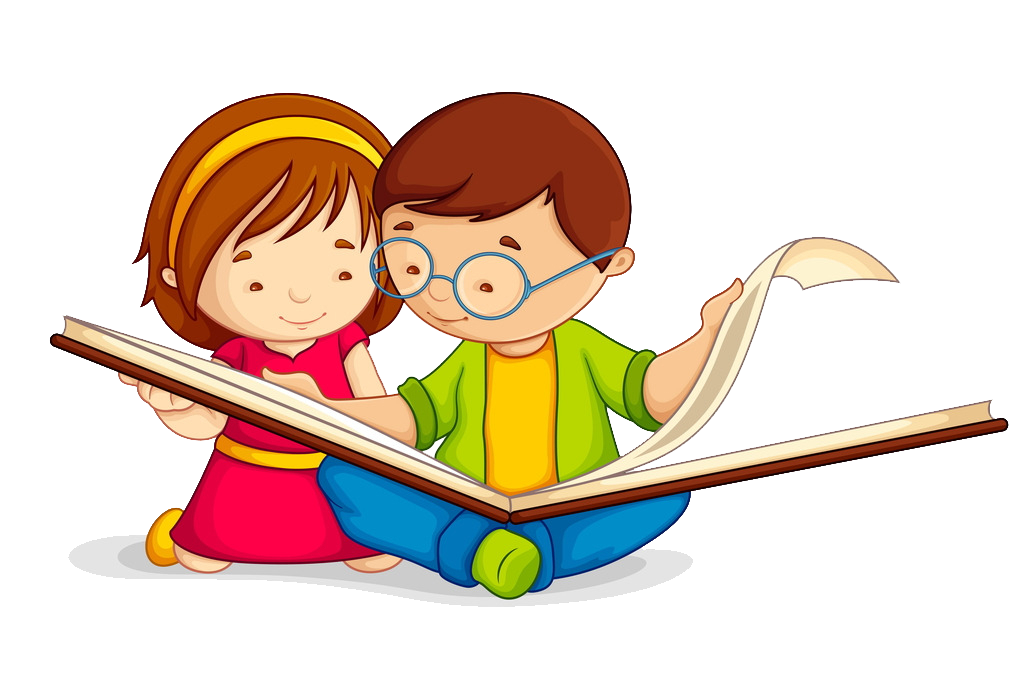 | Children understand that spelling is not just matching sounds with letters. They are learning the basic rules that govern spelling and the exceptions to the rules. |
| Ask questions about what they read. | Children understand that there is more to reading than pronouncing words correctly. They may ask questions to clarify what they have read or to learn more about the topic. |
| Choose to read during free time at home, at school, and in out-of-school programs. | Children learn to enjoy reading independently, particularly when they can read books of their own choosing. The more children read, the better readers they become. |
Key points about development
- Children develop in four, interrelated areas – cognitive and language, physical, social, and emotional.
- Most children follow the same sequence and pattern for development, but do so at their own pace.
- Language skills are closely tied to and affected by cognitive, social, and emotional development.
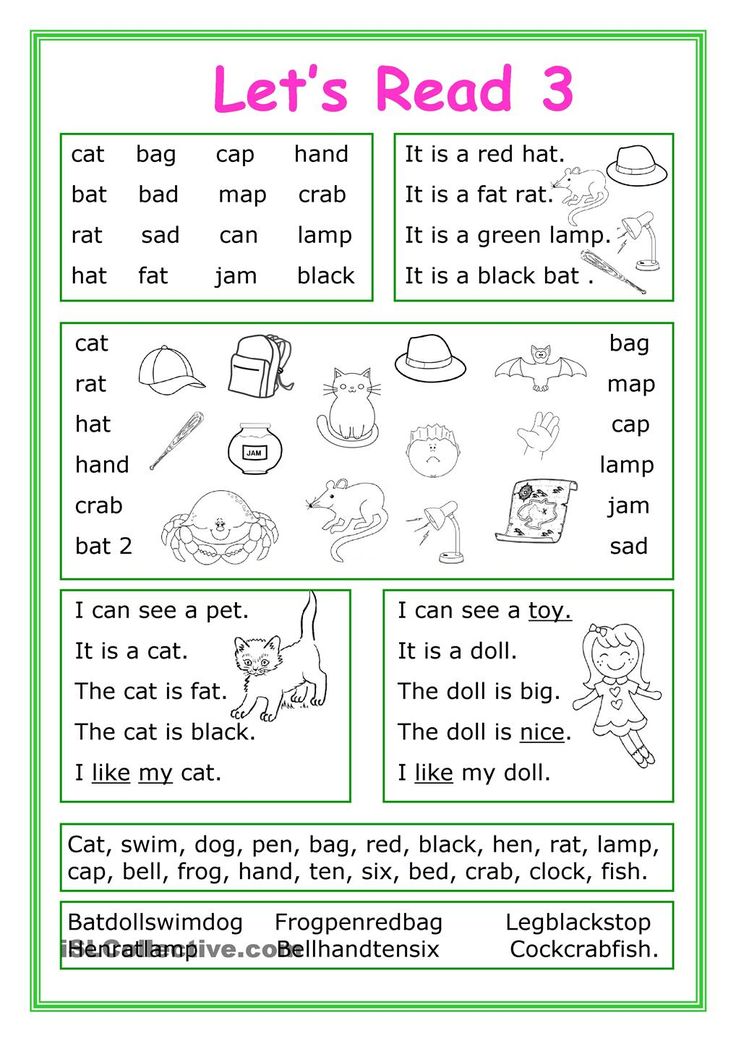
- Children first learn to listen and speak, then use these and other skills to learn to read and write.
- Children's experiences and interactions in the early years are critical to their brain development and overall learning.
- Emerging literacy is the gradual, ongoing process of learning to understand and use language.
- Children make numerous language discoveries as they play, explore, and interact with others.
- Children build on their language discoveries to become conventional readers and writers.
- Effective readers and writers recognize letters and words, follow writing rules, and create meaning from text.
- Successful programs to promote children's reading and literacy development should be based on an understanding of child development, recent research on brain development, and the natural ongoing process through which most young children acquire language skills and become readers and writers.
methods of teaching reading to the first grade
When to teach a child to read
There are early development studios where children are taught to read from the first years of life.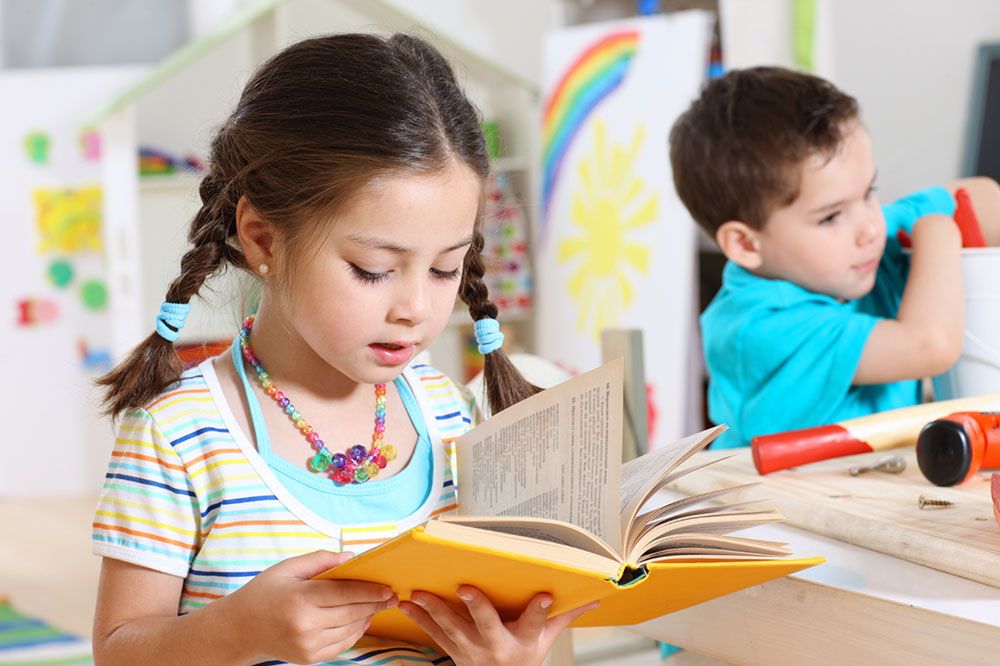 However, pediatricians do not recommend rushing and advise starting learning to read no earlier than 4 years old, best of all - at 5–6. By this age, most children already distinguish sounds well, can correctly compose sentences and pronounce words. Therefore, most often parents think about how to teach their child to read, already on the eve of school. nine0005 Source: unsplash.com / @jonathanborba
However, pediatricians do not recommend rushing and advise starting learning to read no earlier than 4 years old, best of all - at 5–6. By this age, most children already distinguish sounds well, can correctly compose sentences and pronounce words. Therefore, most often parents think about how to teach their child to read, already on the eve of school. nine0005 Source: unsplash.com / @jonathanborba
How to know if your child is ready to learn to read
Before you start teaching your child to read, you need to make sure that the child is ready and wants to learn. To do this, try to answer the following questions:
- Does the child know the concepts of “right-left”, “big-small”, “inside-outside”?
- Can he generalize objects according to these characteristics?
- Can he distinguish between similar and dissimilar forms?
- Is he able to remember and execute at least three instructions? nine0013
- Does he form phrases correctly?
- Does he pronounce words clearly?
- Can he retell a story he heard or experienced?
- Can he formulate his feelings and impressions?
- Can you predict the ending of a simple story?
- Does he manage to participate in the dialogue?
- Can he listen without interrupting?
- Can he rhyme words?
- Do the letters attract his attention?
- Does the child have a desire to independently look at the book? nine0013
- Does he like being read aloud to him?
If you answered “yes” to these questions, your child is ready and will soon learn to read correctly.
Methods for teaching reading
Most of the methods involve learning while playing, so that the child is not bored and learns knowledge better.
<
Zaitsev's Cubes
For more than twenty years, these cubes have been introducing children to letters and teaching how to form words and syllables. They allow you to understand how vowels and consonants, deaf and voiced sounds differ. There are 52 cubes in total, each of which depicts warehouses (combinations of a consonant and a vowel). The cubes vary in color and size, the large ones depict hard warehouses, while the small ones are soft. During classes, parents are encouraged to pronounce or sing warehouses so that the child remembers them better. nine0005 K Zaitsev's ubiki
Source: moya-lyalyas.ru
Vyacheslav Voskobovich's "towers" and "folds"
windows. You can put cubes in them to make syllables. And from several towers you can make a word.
Voskobovich's "towers"Source: catalog-chess.
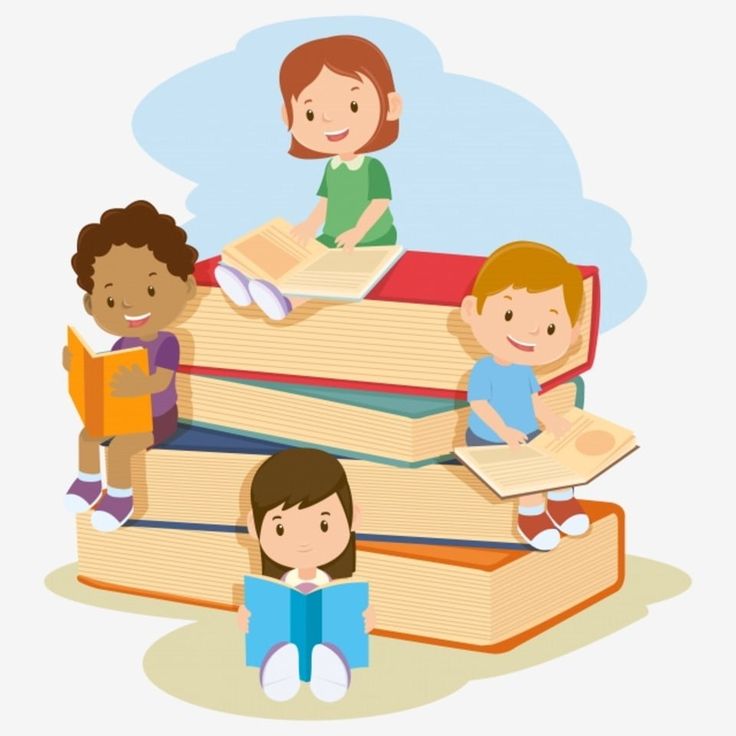 ru
ru Skladushki is a book with pictures, educational rhymes and songs. Parents sing them and in parallel show the warehouses in the pictures. The author of the methodology claims that a child of six years old can be taught to read in a month using "folds". nine0005 A page from V. Voskobovich's "folds"
Doman's cards
This method of teaching a child to read is based on memorizing whole words, from simple to more complex. First, the child masters the first 15 cards, which the parent shows him for 1-2 seconds and pronounces the words on them. Then the child tries to memorize phrases. This technique helps not only to learn more words, but also develops memory well in general.
Doman cardsSource: friendly-life.ru/kartochki-domana-dlya-samyh-malenkih
Maria Montessori's method of teaching reading
The essence of the Montessori method is that the child is first asked to feel the writing of a letter, and then pronounce it.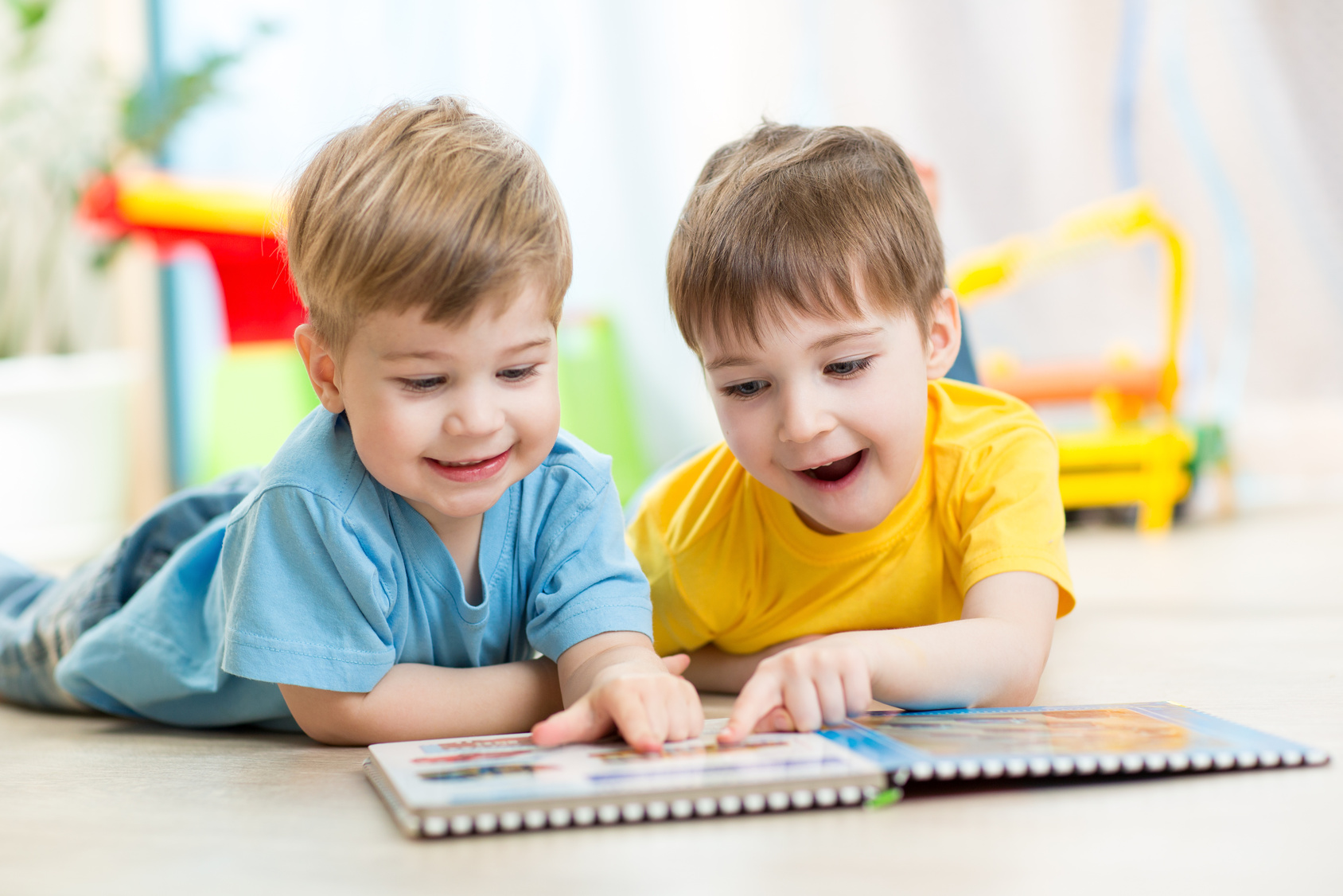 For this, didactic materials are used - cardboard plates with pasted letters, the outline of which the child traces with his finger, naming the sound. After studying consonants and vowels, you can move on to words and phrases. The Montessori method not only helps to learn to read, but also develops fine motor skills, logic, and the ability to analyze. nine0005 Montessori cards are easy to make yourself.
For this, didactic materials are used - cardboard plates with pasted letters, the outline of which the child traces with his finger, naming the sound. After studying consonants and vowels, you can move on to words and phrases. The Montessori method not only helps to learn to read, but also develops fine motor skills, logic, and the ability to analyze. nine0005 Montessori cards are easy to make yourself.
Source: hendmeid.guru
Olga Soboleva's technique
The author of this technique believes that you need to start learning not from the abstract alphabet, but immediately in practice - by analyzing simple texts. The Soboleva program allows you to teach a child to read from the age of five - at this age, children are already able to keep their attention on a line of text. Different approaches are offered depending on how it is easier for a child to perceive the world - by eye, by ear or by touch. In addition to reading skills, the technique develops interest in creativity, imagination, attention and memory.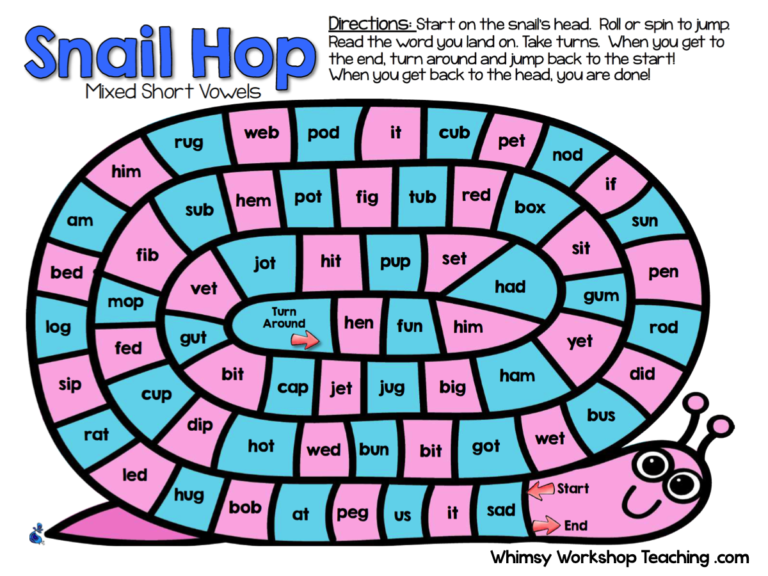 nine0005 Source: freepik.com / @gpointstudio
nine0005 Source: freepik.com / @gpointstudio
How to teach a child to read by syllables
Teaching a child to read by syllables should be done in stages. First, explain to him that sounds are vowels and consonants, deaf and voiced. Say them with the child - he must understand how they differ. Letters and sounds can be learned while walking: draw your child's attention to the letters on signs and announcements, and soon he will learn to recognize them.
When the child has mastered the letters and sounds, start teaching him to read simple words - "mom", "dad". Then move on to more complex ones - “grandmother”, “dog”, “apartment”. Show your child that syllables can be sung. nine0005 Syllabary for learning to read
Next, move on to word formation. You can cut cards with syllables and invite the child to make words out of them. When he gets comfortable, move on to reading short texts. It is better to start with two or three phrases, and a little later switch to texts of five to ten sentences.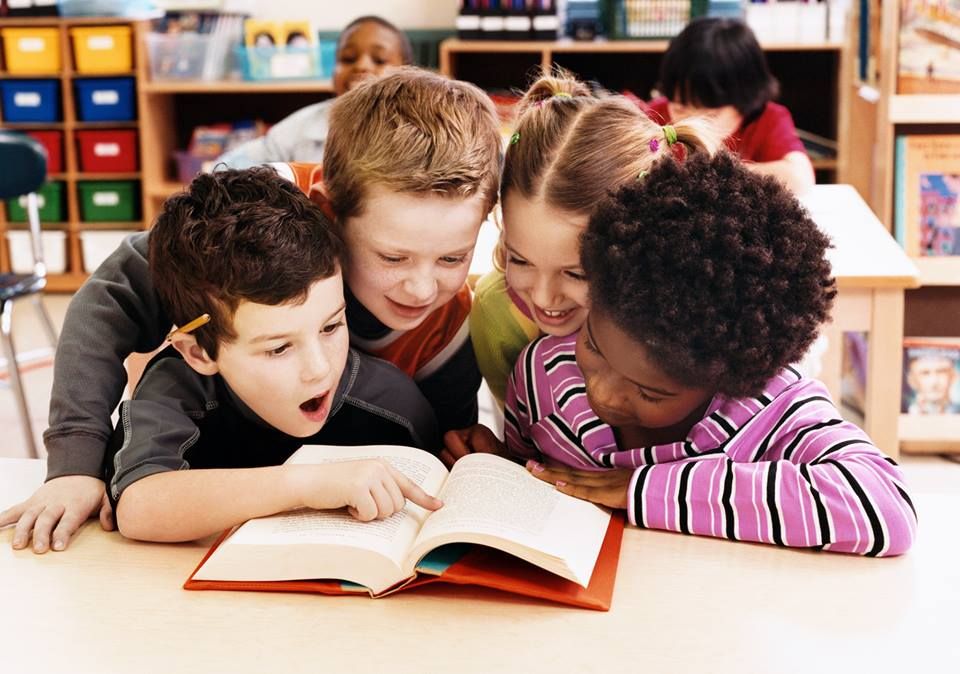
To enroll in Foxford Online Elementary School, a child must have at least basic reading, numeracy and writing skills. To check the readiness of the child for school, we offer to pass a small test that does not require special preparation. nine0005 Source: freepik.com
Exercises for learning to read
There are many exercises on the Internet that help children learn to read, you can print them out and start learning right away. Start with exercises that teach you to recognize letters and tell correct spellings from incorrect spellings.
From O. Zhukova's manual “Learning to read. Simple Exercises.Source: mishka-knizhka.ru
When the child gets used to the letters, move on to the exercises for syllables. For example, like this:
Geometric hint exercise. For greater clarity, blocks with words can be cut out.
Such exercises not only teach reading, but also develop logical thinking well:
Gradually move on to exercises where you need not only to read correctly, but also write words:
One of the most difficult and entertaining exercises is fillords: you need to find and cross out the words on the field of letters.
Games for learning to read
With the help of cubes or cards with letters and syllables, you can play different educational games with your child. Let's take a few examples.
Garages
Take a word of 3-4 syllables and place the cards in random order on the floor. Explain to the child how these syllables are read. These will be garages. Give the child different toys and offer to send them to the garage as you wish: for example, the car goes to the TA garage, the bear goes to the RA garage, the ball rolls to the KE garage, and so on. Make sure your child is positioning the toys correctly. At the end of the game, invite the child to make a word from garage syllables. Perhaps not the first time, but he will get a "ROCKET". Gradually introduce new syllables into the game. nine0005
<
Store
Lay out images of various goods on the table - this is a store, and you are a seller. Give your child a stack of cards with syllables - they will function as money.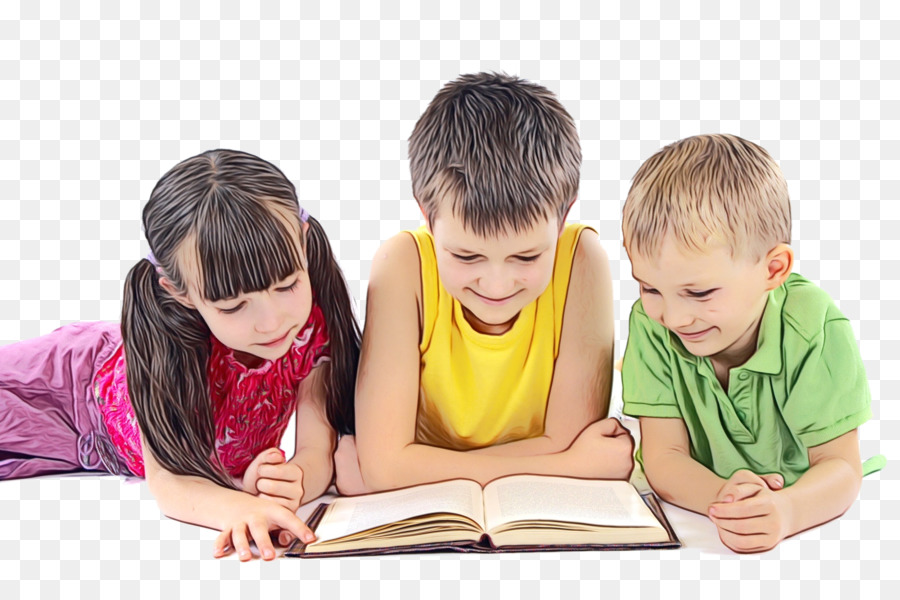 The child needs to buy all the items in the store, but each item is only sold for the syllable it starts with. For example, fish can only be bought for the syllable "RY", milk - for the syllable "MO", and so on. Give your child a few extra cards to make the task more difficult. When he gets used to it, change the conditions of the game: for example, sell goods not for the first, but for the last syllables. The game is both simple and complex: it will allow the child to understand that words are not always spelled the way they are pronounced. After all, a cow cannot be bought for the syllable "KA", for example. nine0005
The child needs to buy all the items in the store, but each item is only sold for the syllable it starts with. For example, fish can only be bought for the syllable "RY", milk - for the syllable "MO", and so on. Give your child a few extra cards to make the task more difficult. When he gets used to it, change the conditions of the game: for example, sell goods not for the first, but for the last syllables. The game is both simple and complex: it will allow the child to understand that words are not always spelled the way they are pronounced. After all, a cow cannot be bought for the syllable "KA", for example. nine0005
Lotto
Game for several people. Give the children several cards with syllables. Take out the cubes with syllables one by one from the box and announce them. Whoever has a card with such a syllable - he takes it. The first person to complete all the cards wins. During the game, children will accurately remember the syllables that they had on their hands.
Summary
Finally, a few more tips on how to teach a child to read:
- It is better to start teaching children to read by memorizing letters.
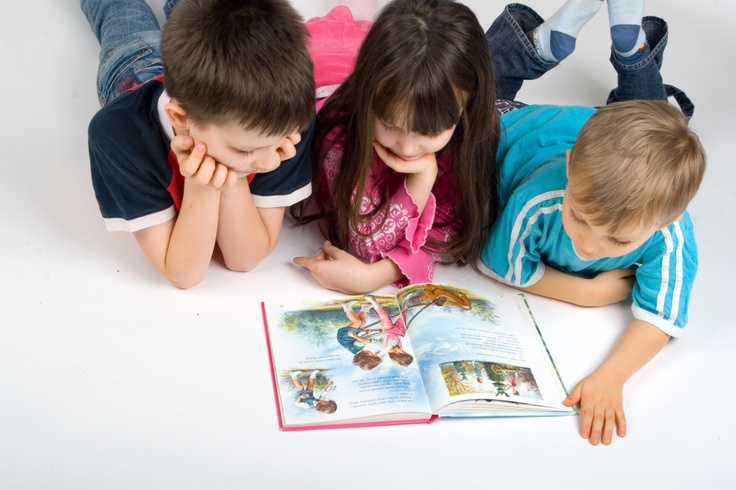 It is important that the child can recognize and name them without hesitation. nine0013
It is important that the child can recognize and name them without hesitation. nine0013 - In the early stages, pronounce the consonants as they are read in words: not [em], [el], [de], but [m], [l], [d] - this way it will be easier for the child to find his bearings.
- Sculpt letters from plasticine, draw and color, buy an alphabet with voice acting - use all the channels of the child's perception.
- Gradually build letters into syllables and then into words. Play rearranging letters and syllables, let the child experiment.
- Teach your child rhymes about the letters of the alphabet, look at the primer, use cards with letters and pictures. Thanks to the illustrations, the child will be able to memorize the symbols faster. nine0013
- Distribute the load: fifteen minutes a day is better than an hour twice a week. Alternate entertaining and serious tasks.
- You can hang signs with their names on objects in the child's room - the child will quickly learn to recognize them in texts.

- Read aloud regularly to your child and gradually introduce them to independent reading. Every evening, offer to read at least a few lines from a well-known book on your own.
- Lead by example. For a child to want to learn to read, he must regularly see you with a book. nine0013
We hope that our recommendations will help you teach your preschooler to read. Even if your child is just learning to read, at Foxford Elementary School he will be able to improve his skills.
How to teach a child to read: important rules and effective techniques
October 26, 2022 Likbez Education
Teaching a preschooler to read without losing interest in books is real. Lifehacker has selected the best ways for responsible parents. nine0005
How to understand that it is time to teach a child to read
There are several signs of psychological readiness.
- The child speaks fluently in sentences and understands the meaning of what is said.
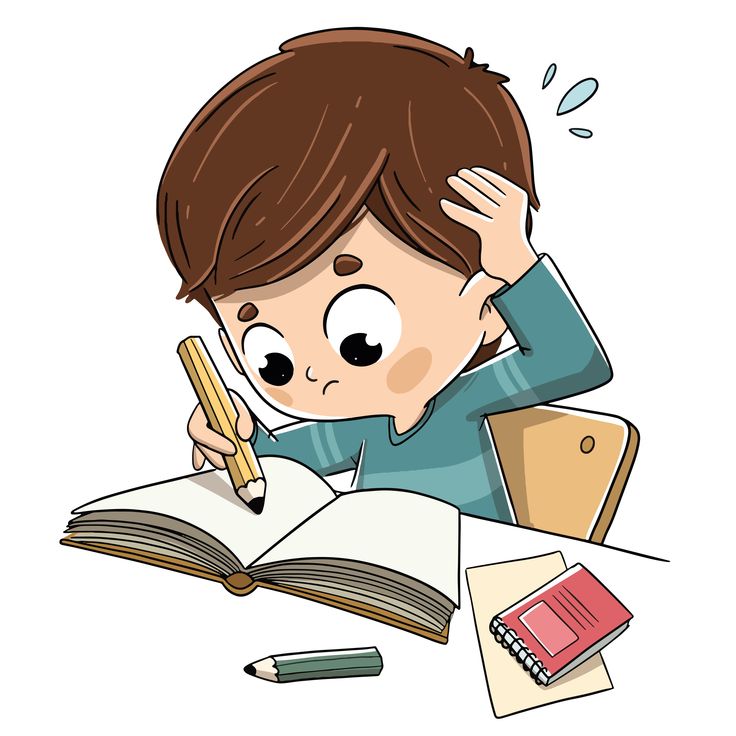
- The child understands directions: left-right, up-down. For learning to read, it is important that the baby can follow the text from left to right and from top to bottom.
- The child distinguishes sounds (what speech therapists call developed phonemic hearing). Simply put, the baby will easily understand by ear where the house and the bow are, and where the tom and the hatch are. nine0013
- Your child pronounces all sounds and has no speech problems.
Natalya Zharikova
Speech therapist with 33 years of experience
A child with speech therapy problems does not hear and does not distinguish similar sounds. From here come errors with speech, and subsequently with reading, and even more often with writing. It is very difficult for a parent to identify violations on their own, so usually a teacher or a speech therapist can point this out to them.
How to teach a child to read
Be patient and follow these simple guidelines.
Set an example
In a family where there is a culture and tradition of reading, children themselves will reach for books. Read not because it is necessary and useful, but because it is a pleasure for you.
Read together and discuss
Read aloud to the child and then look at the pictures together, encouraging them to interact with the book: “Who is that drawn? Can you show me the cat's ears? And who is that standing next to her?” Older children can be asked more difficult questions: “Why did he do this? What do you think will happen next?" nine0005
Don't learn the letters as they are called in the alphabet
Instead, help your child remember the sound the letter makes. For example, you show the letter "m" and say: "This is the letter m (not em )". If a child memorizes the alphabetic names of letters ( em , es, ef and so on), it will be quite difficult for him to learn to read. Then, when he sees the word ra-ma in the book, he will try to pronounce er-a-um-ah .
Go from easy to hard
Once the child has memorized a few letters (from 2 to 5) and the sounds they represent, move on to syllables. Let the words consisting of repeating syllables be the first: ma-ma, pa-pa, uncle, nanny . In this case, it is not necessary to break the syllable into separate sounds. Do not say: "These are the letters m and a , and together they read ma ". Immediately learn that the syllable is pronounced like ma , otherwise the baby may start to read letter by letter. After mastering simple combinations, move on to more complex ones: ko‑t, zhu‑k, house .
Help to understand the meaning of what they read
Do this when the child begins to slowly but surely reproduce words and whole sentences in syllables. For example, the kid read: "Mom washed the frame." Stop and ask: “What did you just read about?”. If he finds it difficult to answer, let him read the sentence again. And you ask more specific questions: “Who washed the frame? What did mom wash?
Show that letters are everywhere
Play a game. Let the child find the letters that surround him on the street and at home. These are the names of stores, and memos on information stands, and advertising on billboards, and even traffic light messages: it happens that the inscription “Go” lights up on green, and “Wait so many seconds” on red. nine0005
Play
And play again. Stack blocks with letters and syllables, make up words, ask your child to read you some kind of sign or inscription on the packaging in the store.
Natalya Zharikova
There are many exercises for memorizing letters. For example, circle the desired letter among a number of others, circle the correctly written among the incorrect ones, color or shade. You can also ask the child to tell what the letter looks like.
Use every opportunity to train
Whether you are waiting in line at the clinic or driving somewhere, take out a book with pictures and short stories to them and invite your child to read together.
Build on your success
Repeat familiar texts, look for familiar characters in new stories. Runaway Bunny is found both in "Teremka" and "Kolobok".
Do not force
This is perhaps the most important thing. Don't take away a child's childhood. Learning should not go through violence and tears. nine0005
What techniques to use to teach your child to read
Here are six popular, affordable and effective techniques. Choose one or try several and choose the one that interests your child the most.
1. ABCs and primers
Frame: This is all mine / YouTubeTraditional, but the longest way. The difference between these books is that the alphabet fixes each letter with a mnemonic picture: on the page with B a drum will be drawn, and next to Yu - Yula. The alphabet helps to remember letters and often interesting rhymes, but will not teach you how to read.
The primer consistently teaches the child to combine sounds into syllables, and syllables into words. This process is not easy and requires perseverance.
There are quite a lot of author's primers now. According to the books of Nadezhda Betenkova, Vseslav Goretsky, Dmitry Fonin, Natalya Pavlova, children can study both with their parents before school and in the first grade.
Parents agree that one of the most understandable methods for teaching preschoolers is Nadezhda Zhukova's primer. The author simply explains the most difficult thing for a child: how to turn letters into syllables, how to read ma-ma rather than start calling individual letters me-a-me-a .
2. Zaitsev's Cubes
Shot: Little Socrates / YouTubeIf a child consistently learns letters and syllables while learning from an ABC book, then in 52 Zaitsev's Cubes he is given access to everything at once: a single letter or combinations of consonant and vowel, consonant and hard or soft sign.
The child effortlessly learns the differences between unvoiced and voiced sounds, because the cubes with voiceless consonants are filled with wood, and the cubes with voiced consonants are filled with metal.
nine0005
The cubes also differ in size. The large ones depict hard warehouses, the small ones - soft ones. The author of the technique explains this by the fact that when we pronounce to (hard warehouse), the mouth opens wide, or (soft warehouse) - lips in a half smile.
The set includes tables with warehouses that the parent sings (yes, he doesn’t speak, but sings).
The child quickly masters warehouse reading with the help of cubes. But there are also disadvantages: he may begin to swallow endings and face difficulties already at school when parsing a word by composition. nine0005
3. "Skladushki" and "Teremki" by Vyacheslav Voskobovich
Frame: Play and Toy Club / YouTube In "Skladushki" Vyacheslav Voskobovich reworked Zaitsev's idea: 21 cards show all the warehouses of the Russian language with nice thematic pictures. Included is a CD with songs, the texts of which go under each picture.
Folders are great for kids who like looking at pictures. Each of them is an occasion to discuss with the child where the kitten is, what the puppy is doing, where the beetle flew. nine0005
It is possible to teach a child with these cards from the age of three. At the same time, it should be noted that the author of the methodology himself does not consider it necessary to force early development.
Voskobovich's "Teremki" consist of 12 wooden cubes with consonants and 12 cardboard cubes with vowels. First, the child gets acquainted with the alphabet and tries with the help of parents to come up with words that begin with each of the letters.
Then it's time to study the syllables. In the tower with the letter M is embedded A - and the first syllable is ma . From several towers you can lay out words. Learning is based on play. So, when replacing the vowel , the house will turn into smoke .
You can start playing tower blocks from the age of two. At the same time, parents will not be left alone with the cubes: the kit includes a manual with a detailed description of the methodology and game options.
4. Chaplygin's dynamic cubes
Shot: Both a boy and a girl! Children's channel - We are twins / YouTubeEvgeny Chaplygin's manual includes 10 cubes and 10 moving blocks. Each dynamic block consists of a pair - a consonant and a vowel. The task of the child is to twist the cubes and find a pair.
At the initial stage, as with any other method of learning to read in warehouses, the child makes the simplest words from repeating syllables: ma-ma, pa-pa, ba-ba . The involved motor skills help to quickly remember the shape of the letters, and the search for already familiar syllables turns into an exciting game. The cubes are accompanied by a manual describing the methodology and words that can be composed. nine0005
The optimal age for classes is 4-5 years. You can start earlier, but only in the game format.
5. Doman's cards
Frame: My little star / YouTubeAmerican doctor Glenn Doman proposes to teach children not individual letters or even syllables, but whole words. Parents name and show the child the words on the cards for 1-2 seconds. In this case, the baby is not required to repeat what he heard.
Classes start with 15 cards with the simplest concepts like female and male . Gradually, the number of words increases, those already learned leave the set, and the child begins to study phrases: for example, color + object, size + object.
How can one understand that a child has understood and memorized the visual image of a word, if the author of the methodology recommends starting classes from birth? Glenn Doman in "The Harmonious Development of the Child" strongly emphasizes that it is not necessary to arrange tests and checks for the child: kids do not like this and lose interest in classes. nine0005
It's better to remember 50 cards out of 100 than 10 out of 10.
Glenn Doman
But given that parents can't help but check, he advises the child to play the game if they are willing and ready. For example, you can put a few cards and ask to bring one or point to it.
Today, psychologists, neurophysiologists and pediatricians agree that the Doman method is aimed not at teaching reading, but at mechanical memorization of visual images of words. The child turns out to be an object of learning and is almost deprived of the opportunity to learn something on his own. nine0005
It is also worth adding: in order to proceed to the stage of reading according to Doman, parents need to prepare cards with all (!) words that are found in a particular book.
6. Montessori method
Photo: Kolpakova Daria / Shutterstock Montessori reading comes from the opposite: first we write and only then we read. Letters are the same pictures, so you first need to learn how to draw them and only then engage in pronunciation and reading. Children begin by tracing and shading the letters, and through this, they memorize their outline. When several vowels and consonants have been studied, they move on to the first simple words. nine0005
Much attention is paid to the tactile component, so children can literally touch the alphabet, cut out of rough or velvety paper.
The value of the methodology lies in learning through play. So, you can put a rough letter and a plate of semolina in front of the child and offer to first circle the sign with your finger, and then repeat this on the semolina.
The challenge for parents is purchasing or stocking up a significant amount of handouts. But you can try to make cards with your own hands from cardboard and sandpaper. nine0005
What's the result
On the Internet and on posters advertising "educators", you will be offered ultra-modern methods of teaching your child to read at three, two or even from birth.

